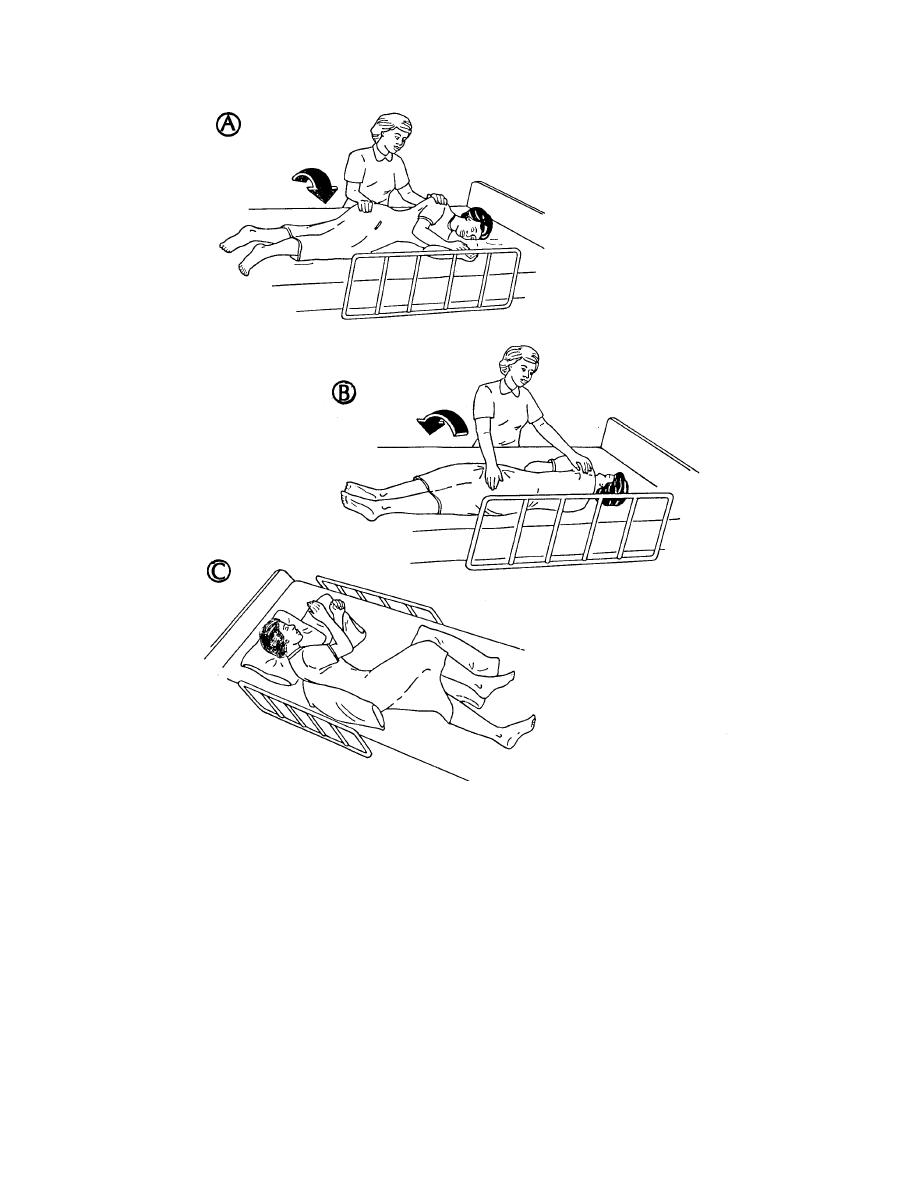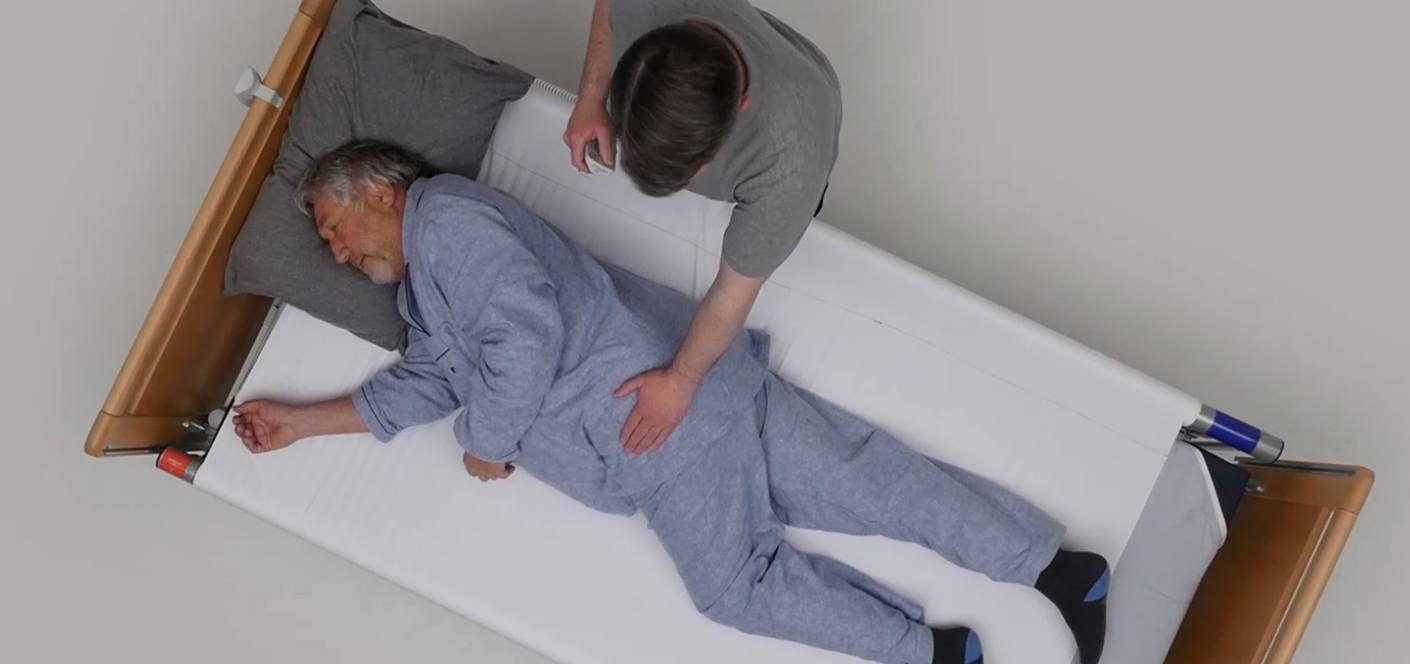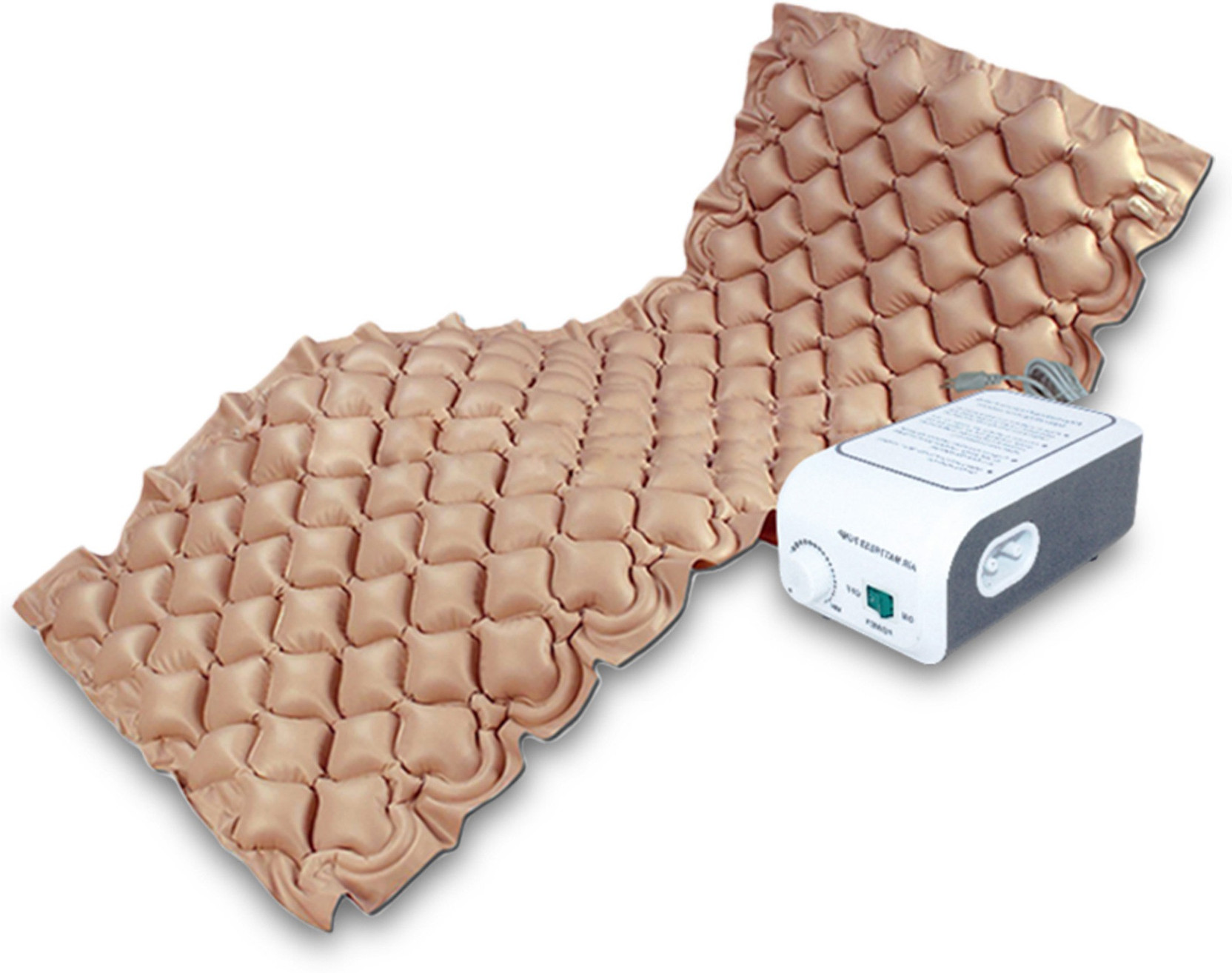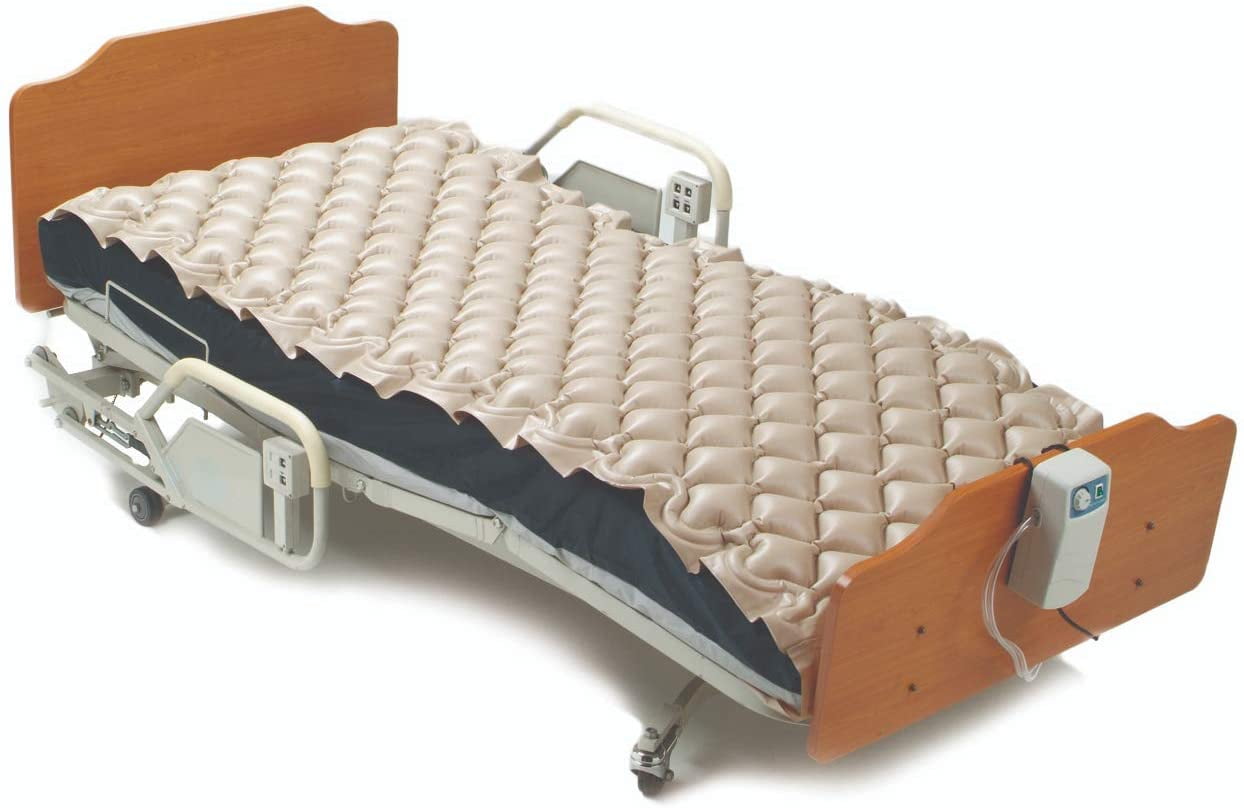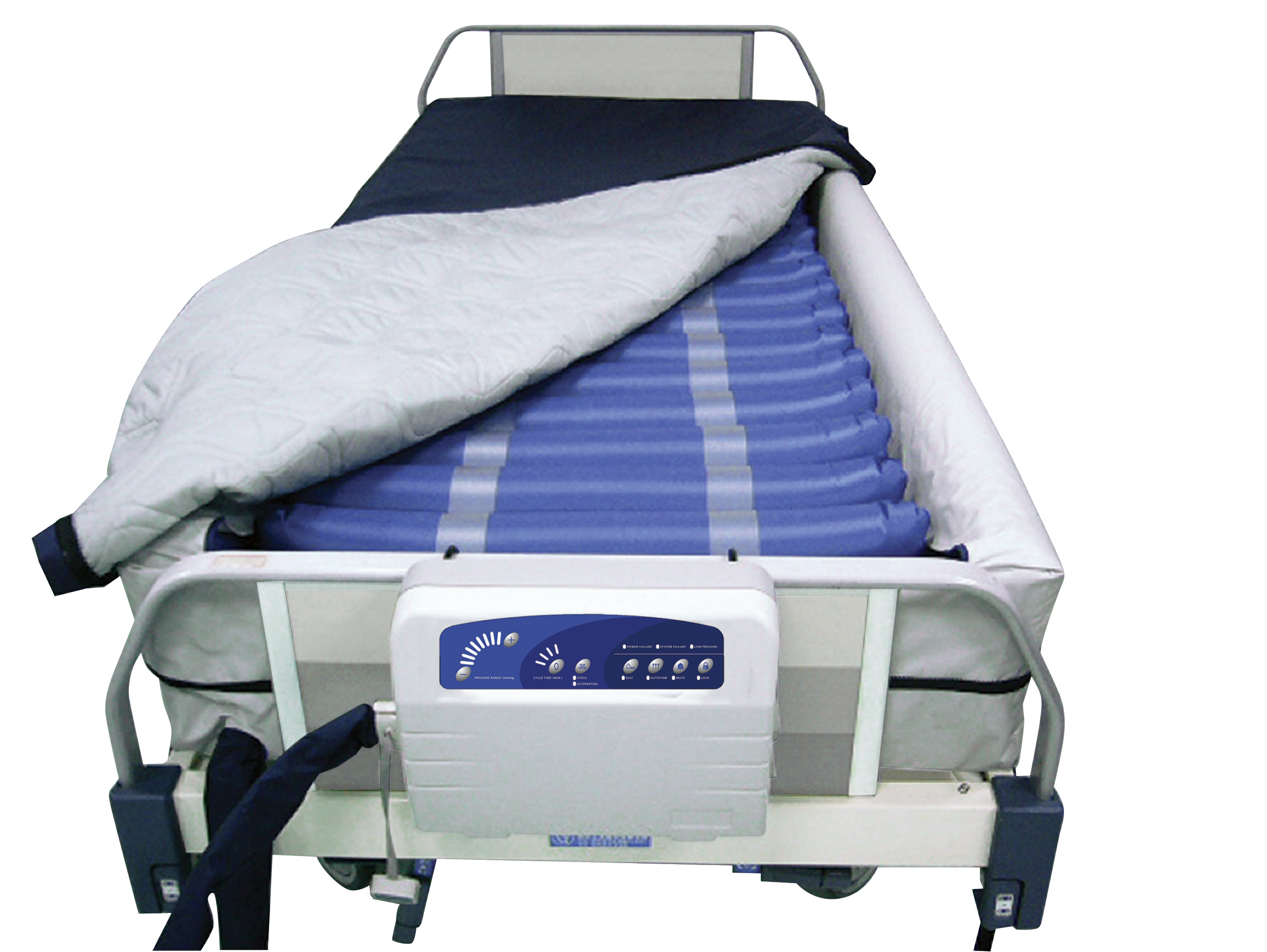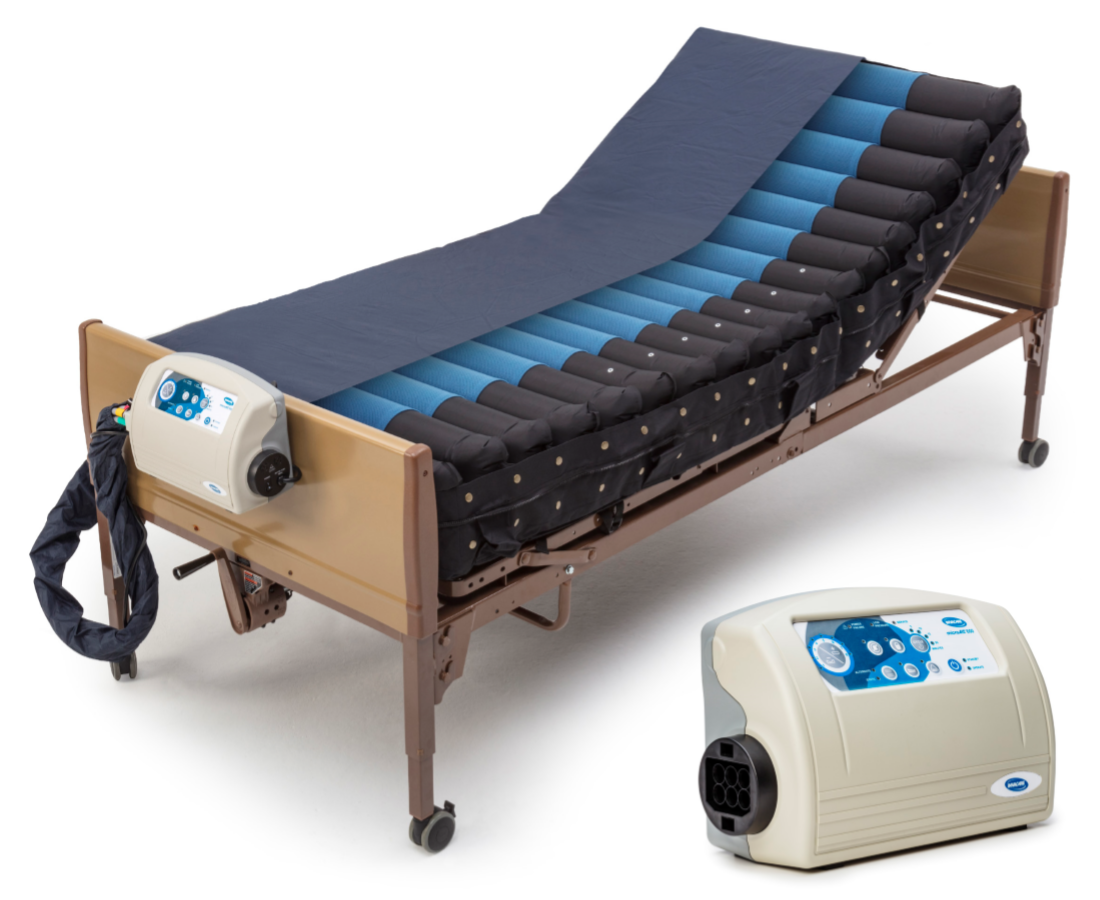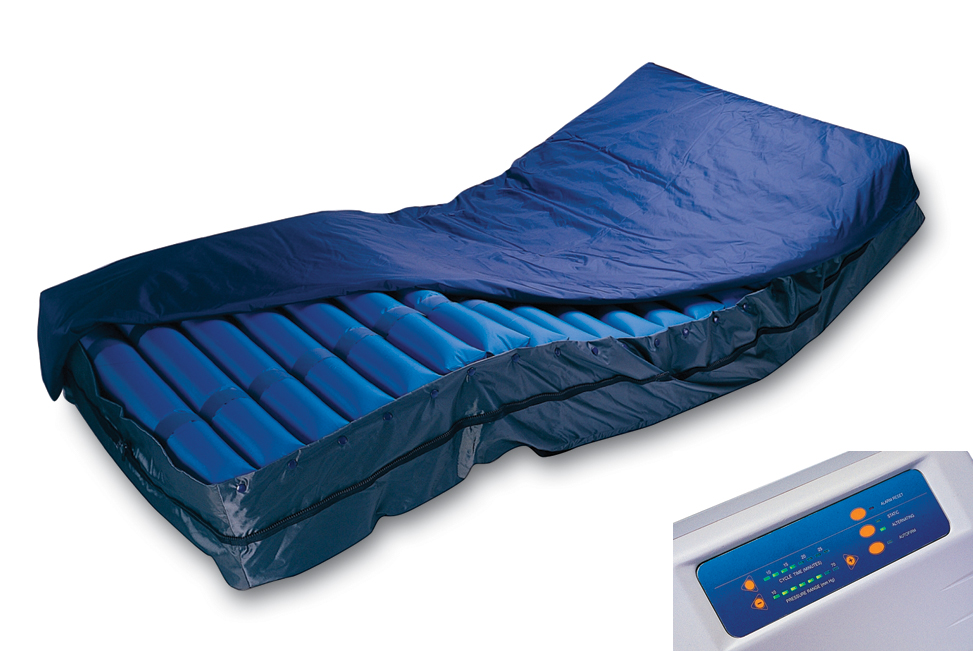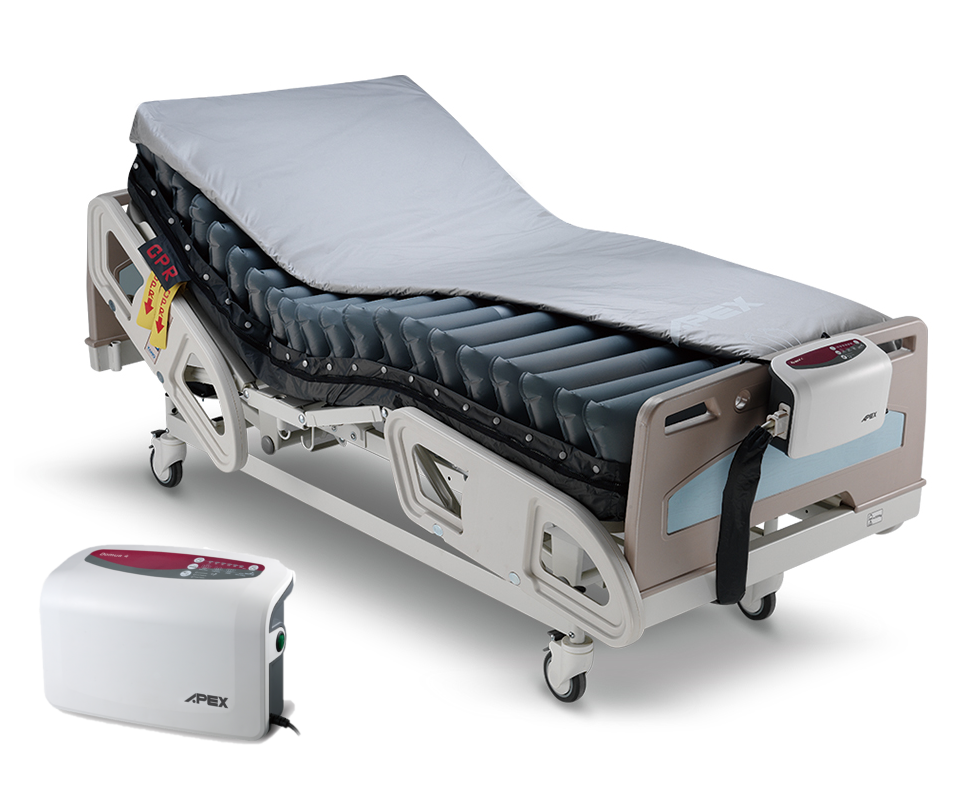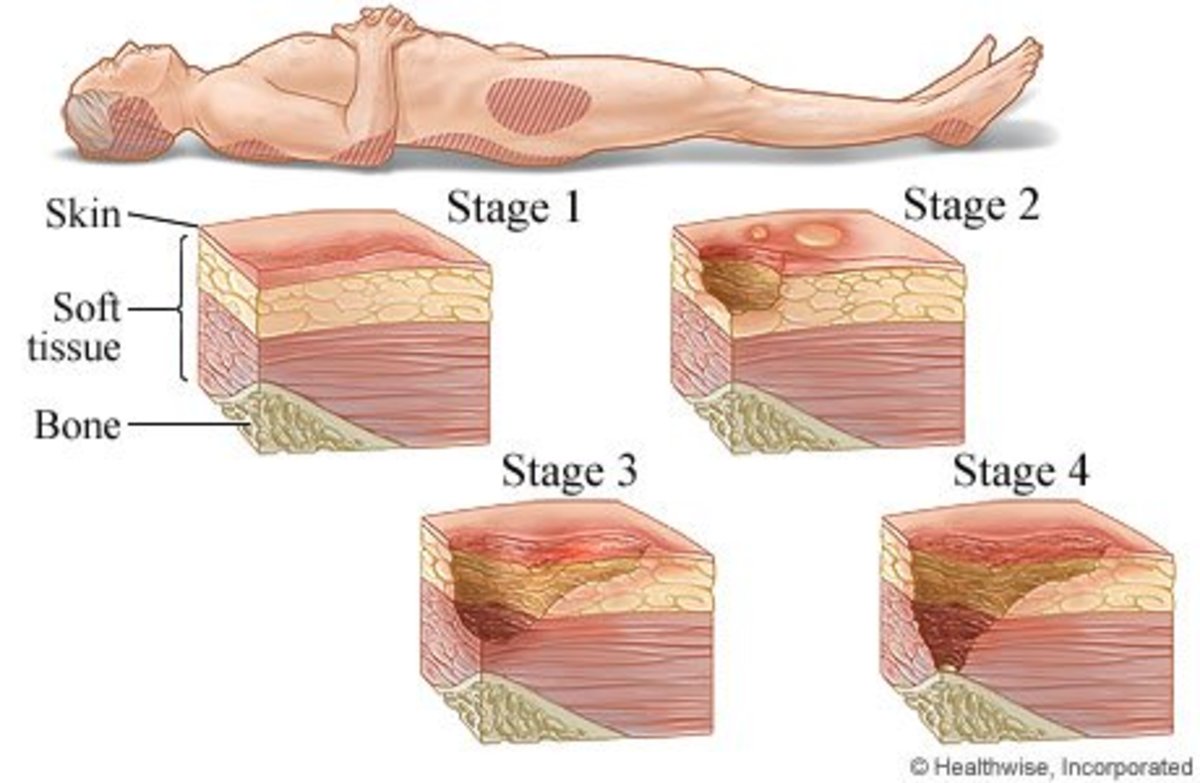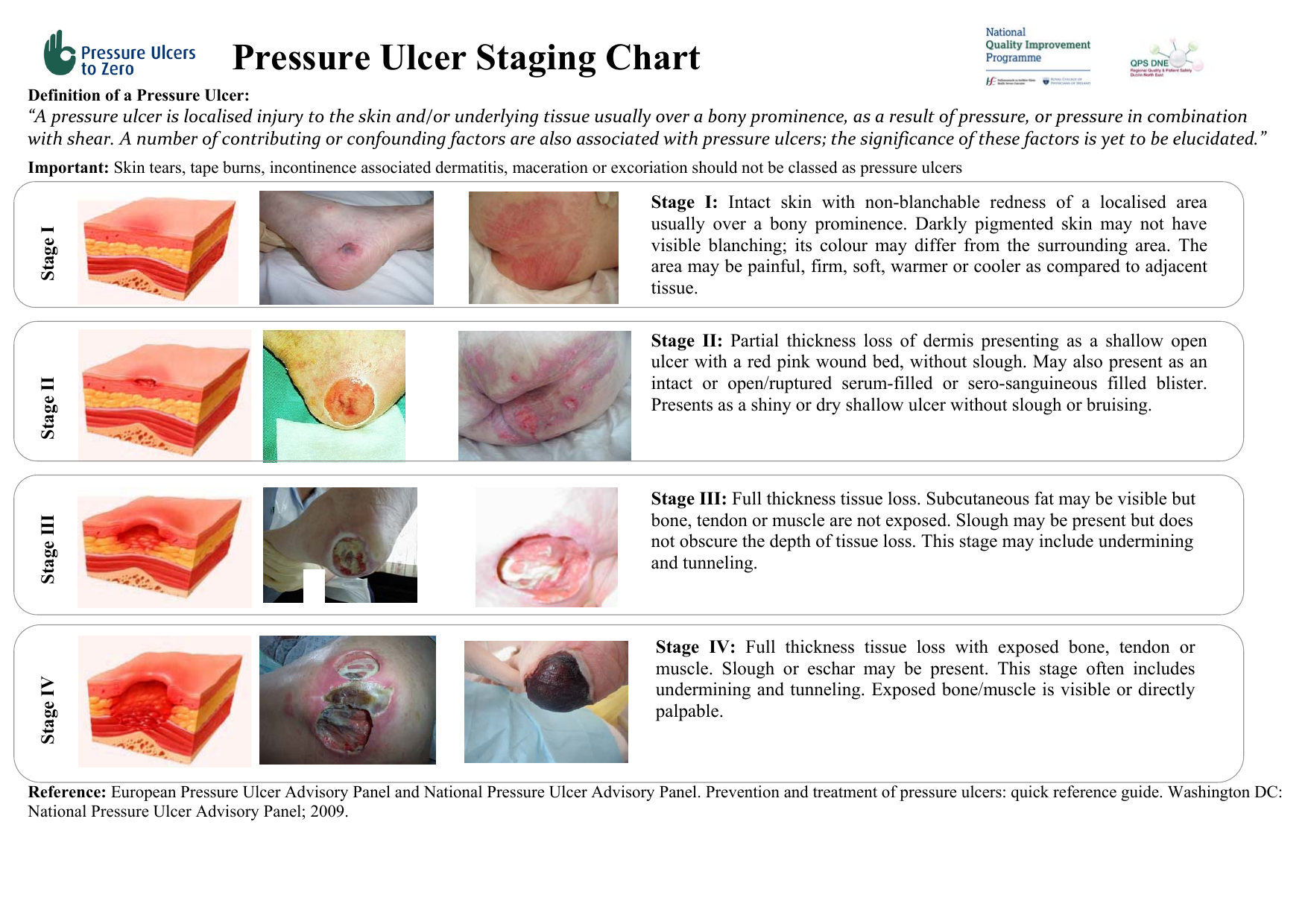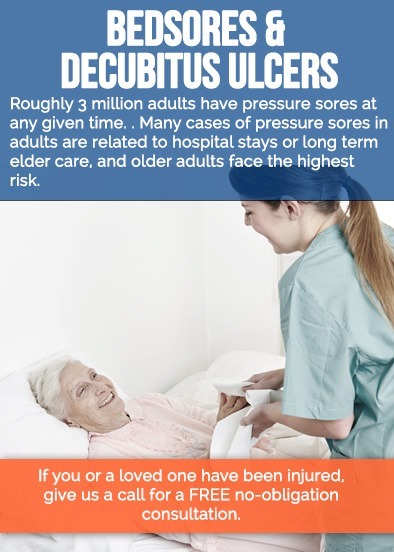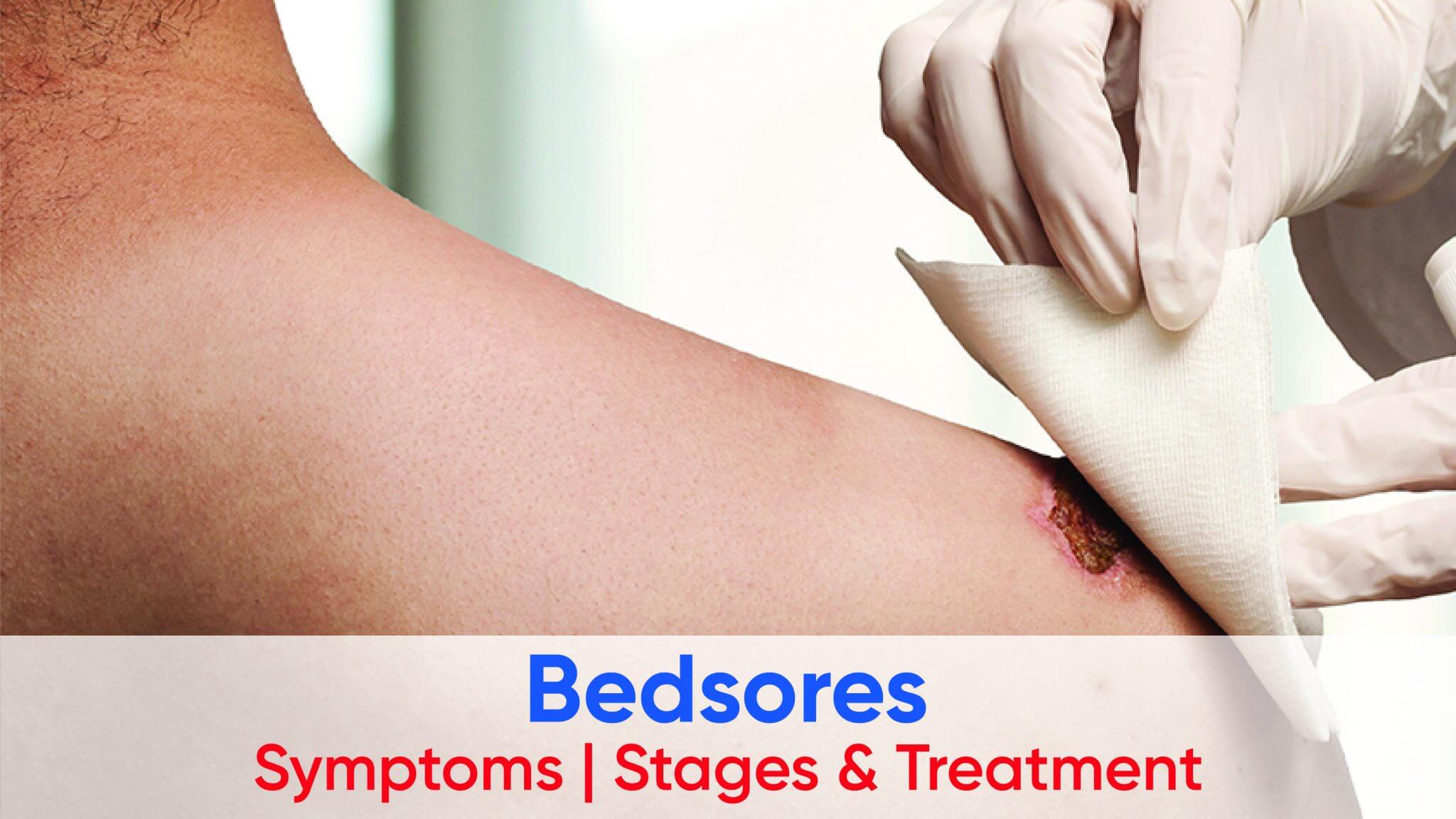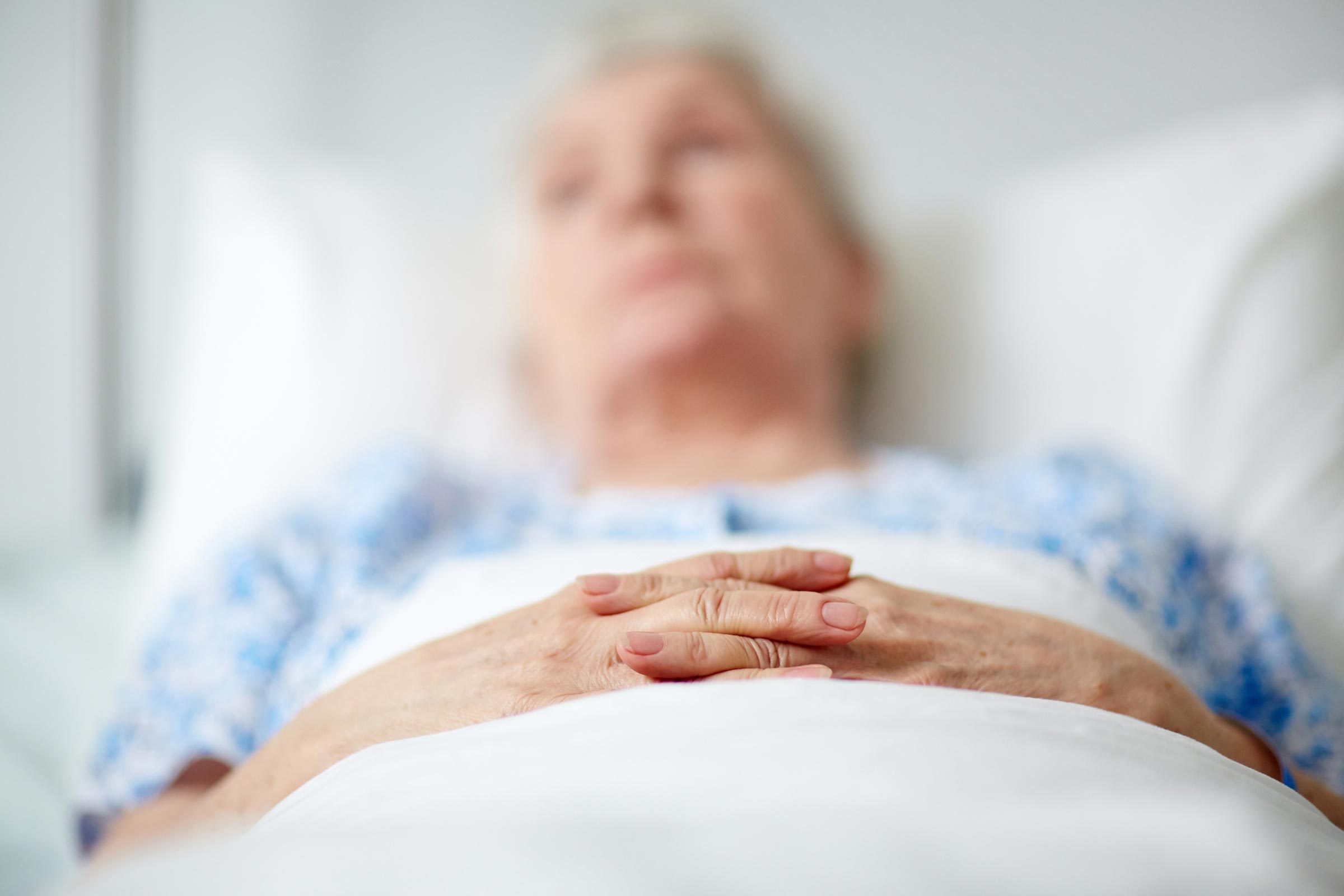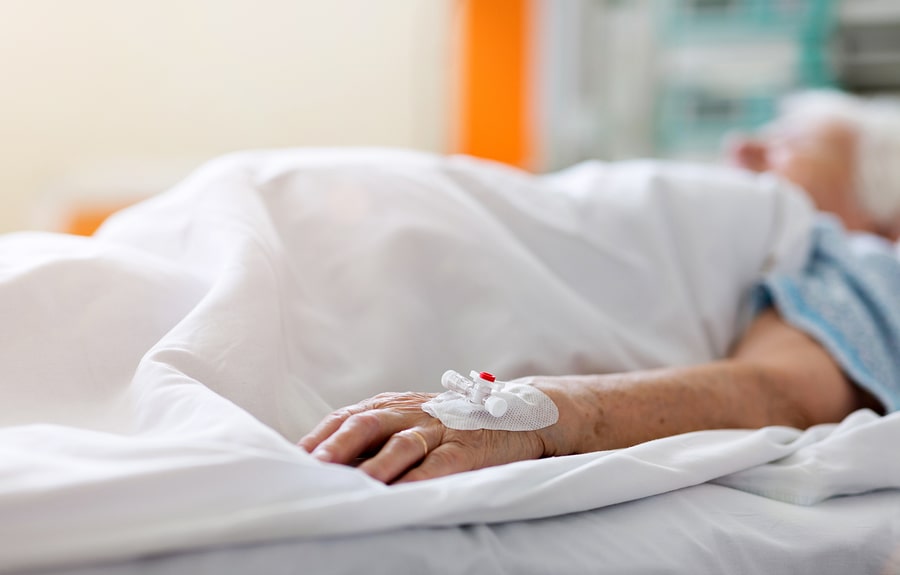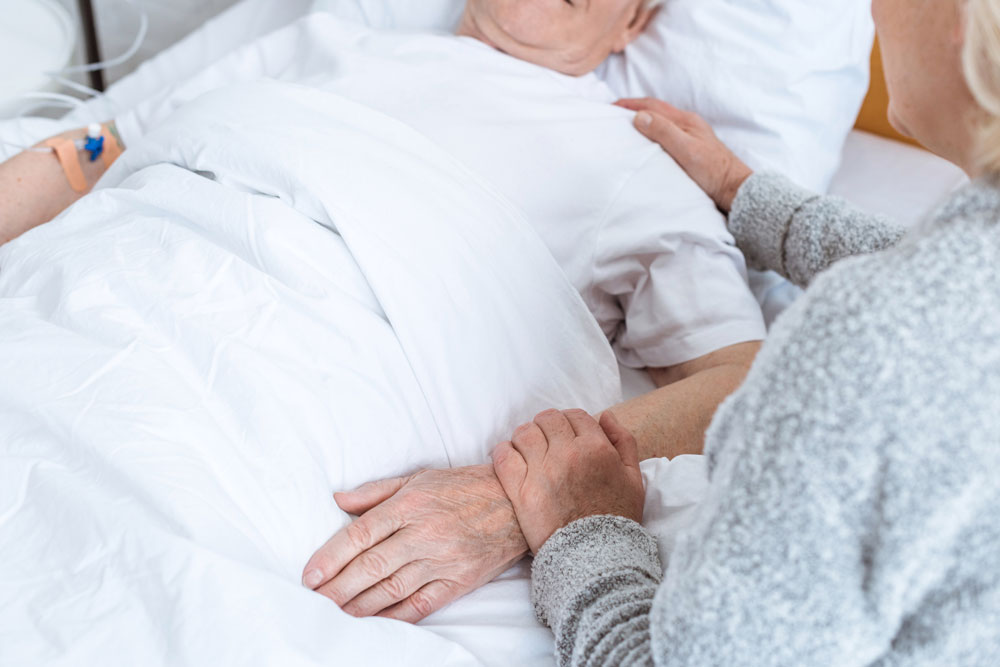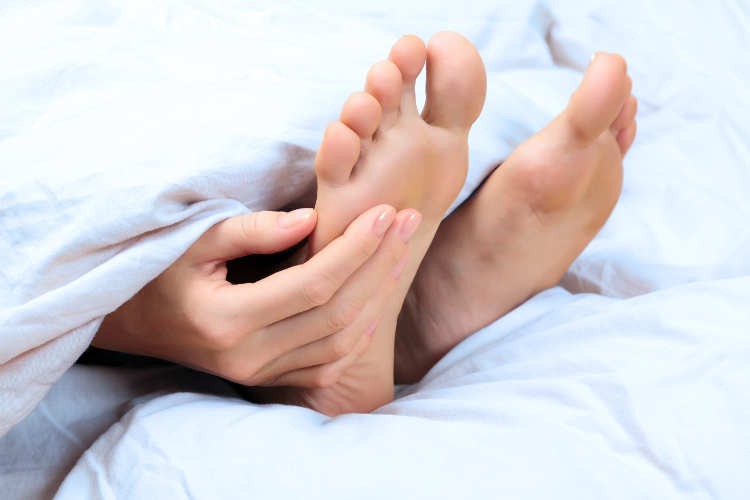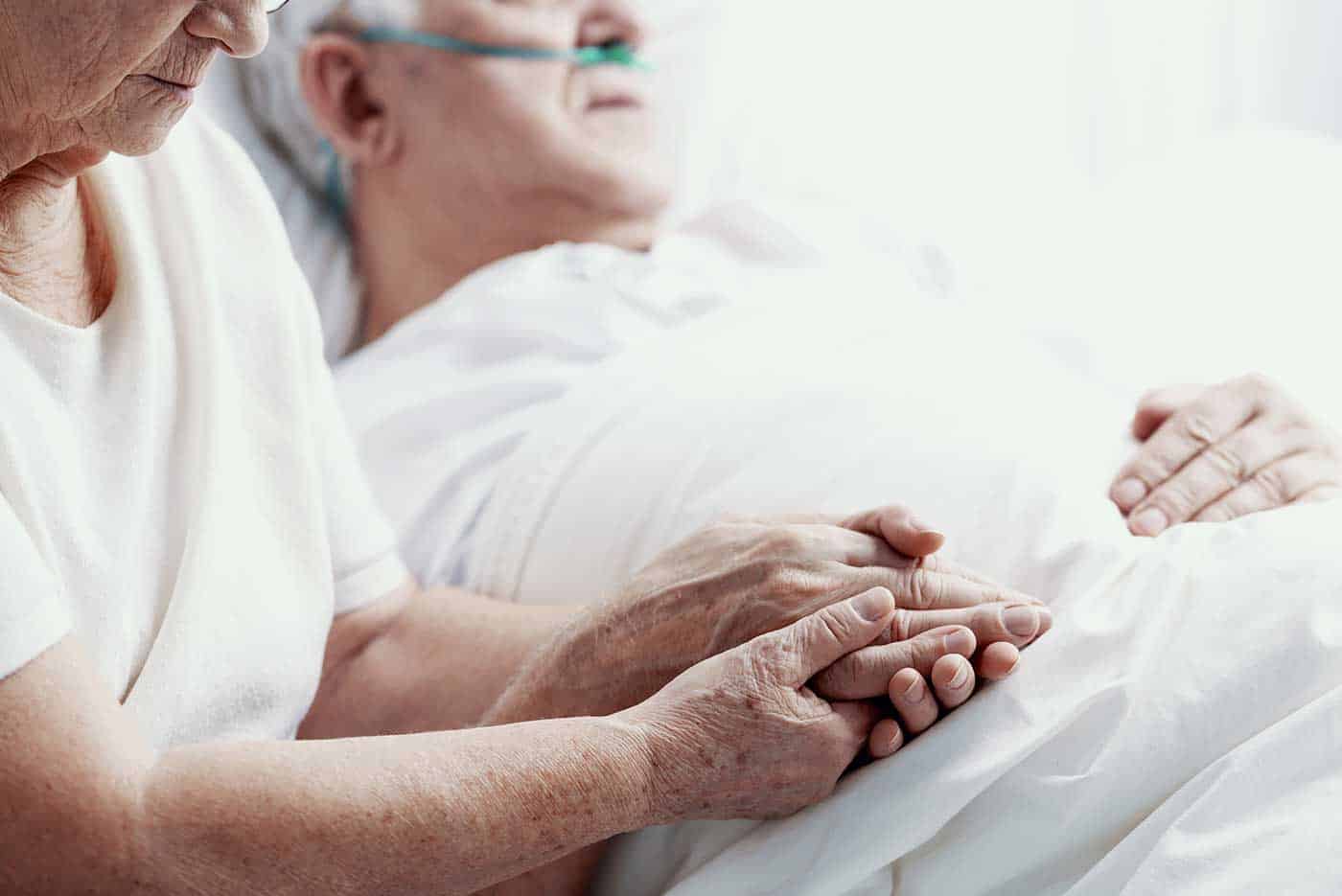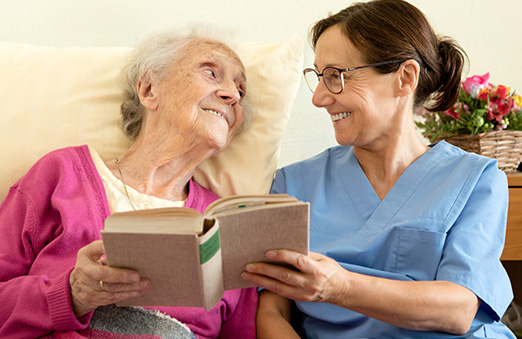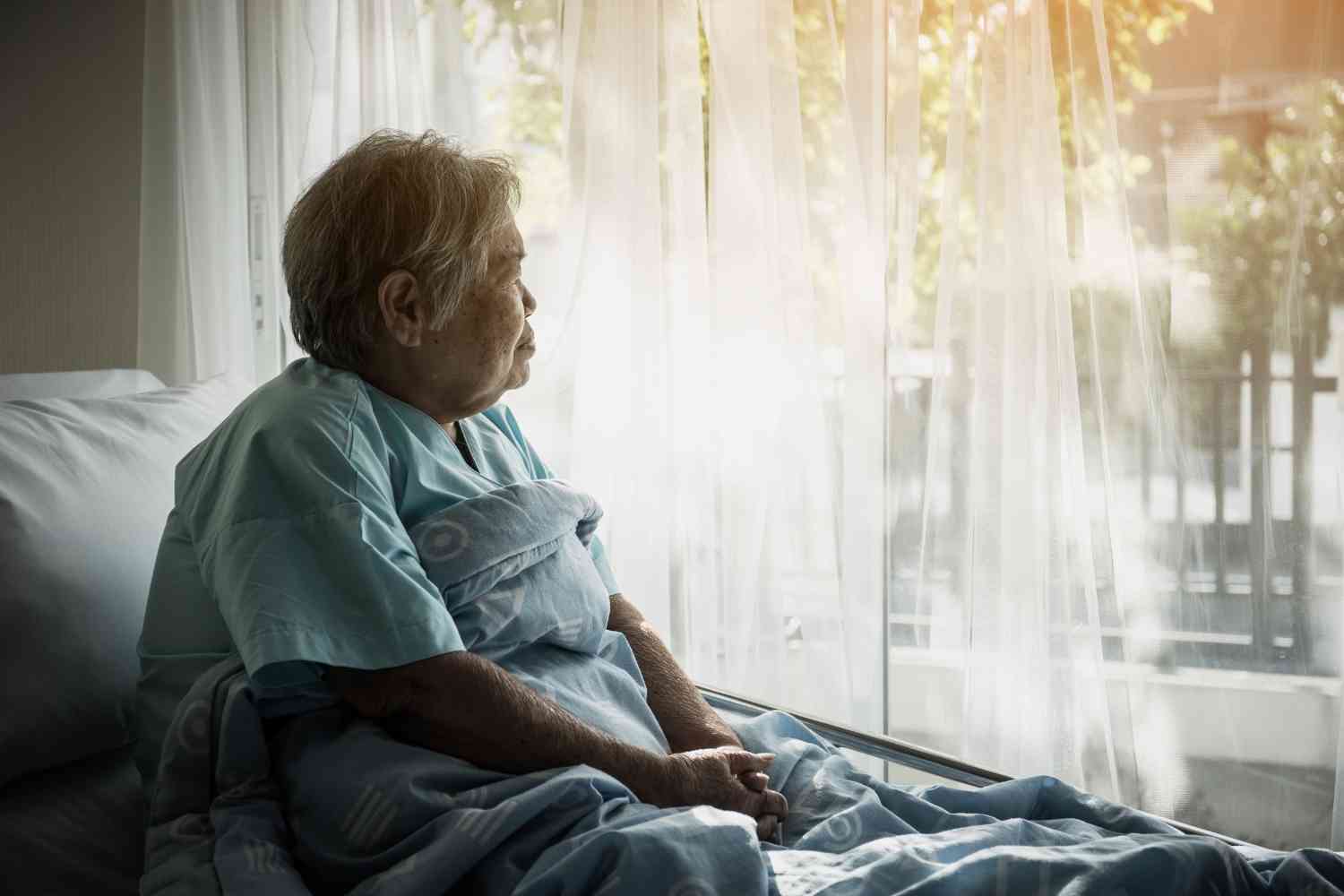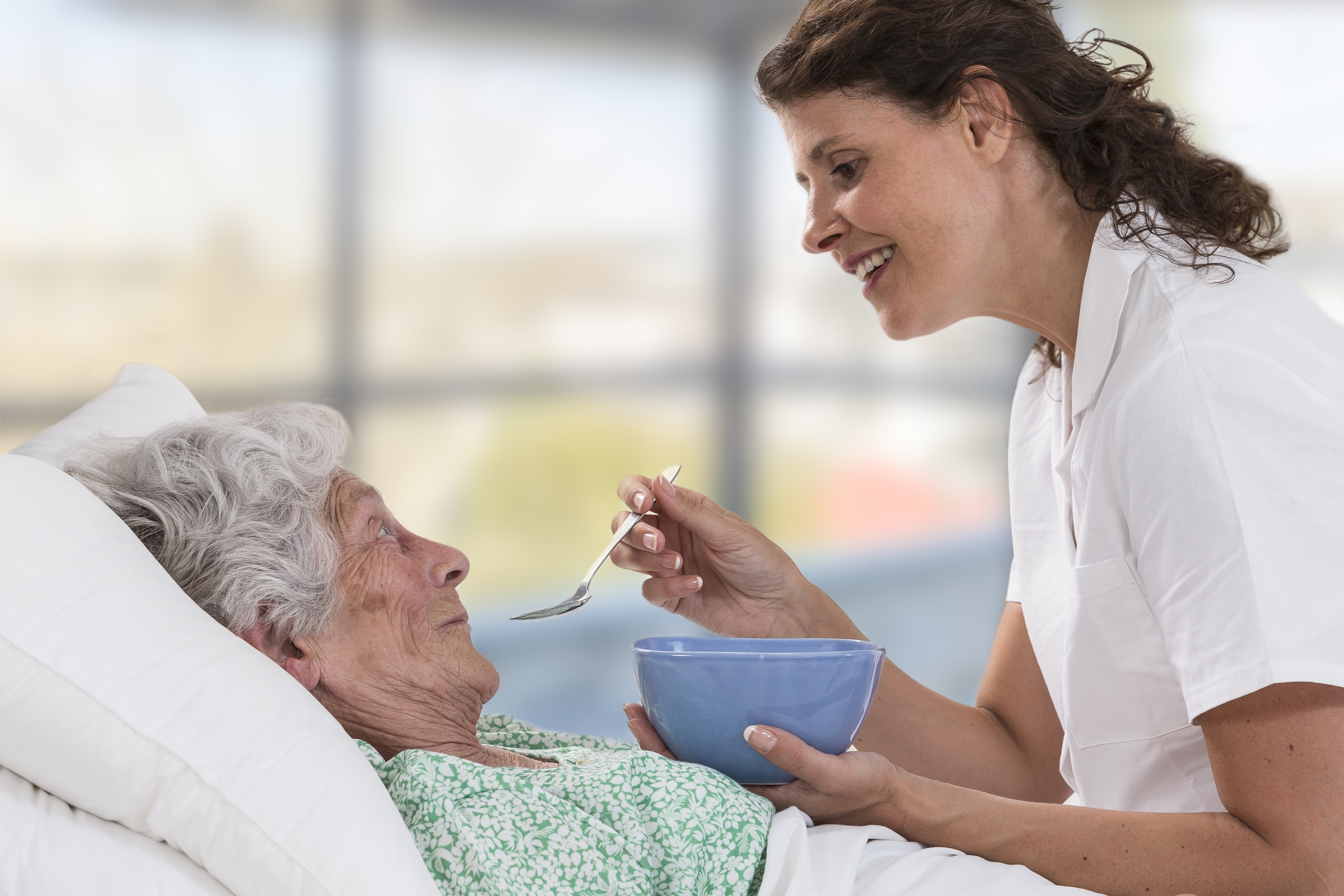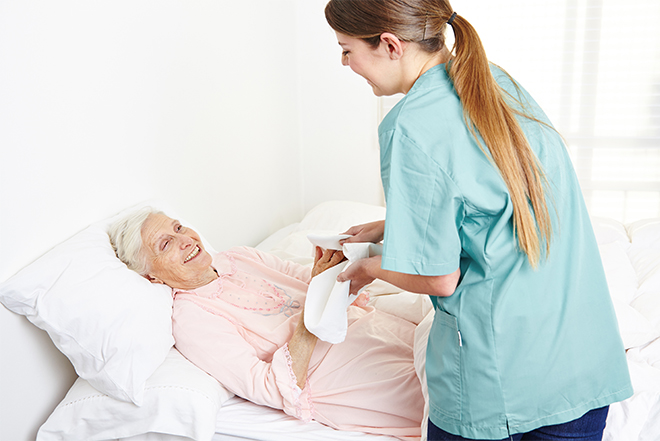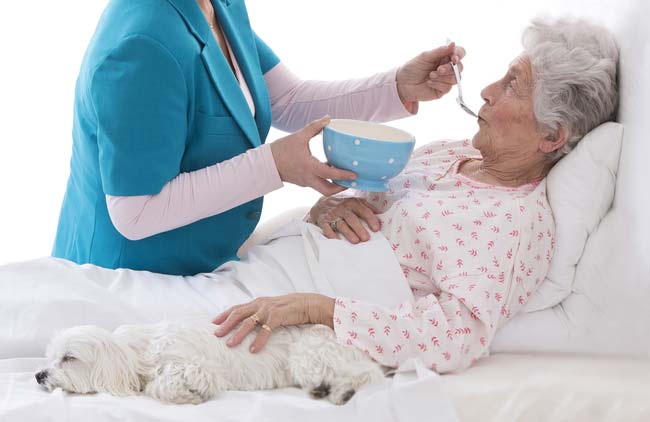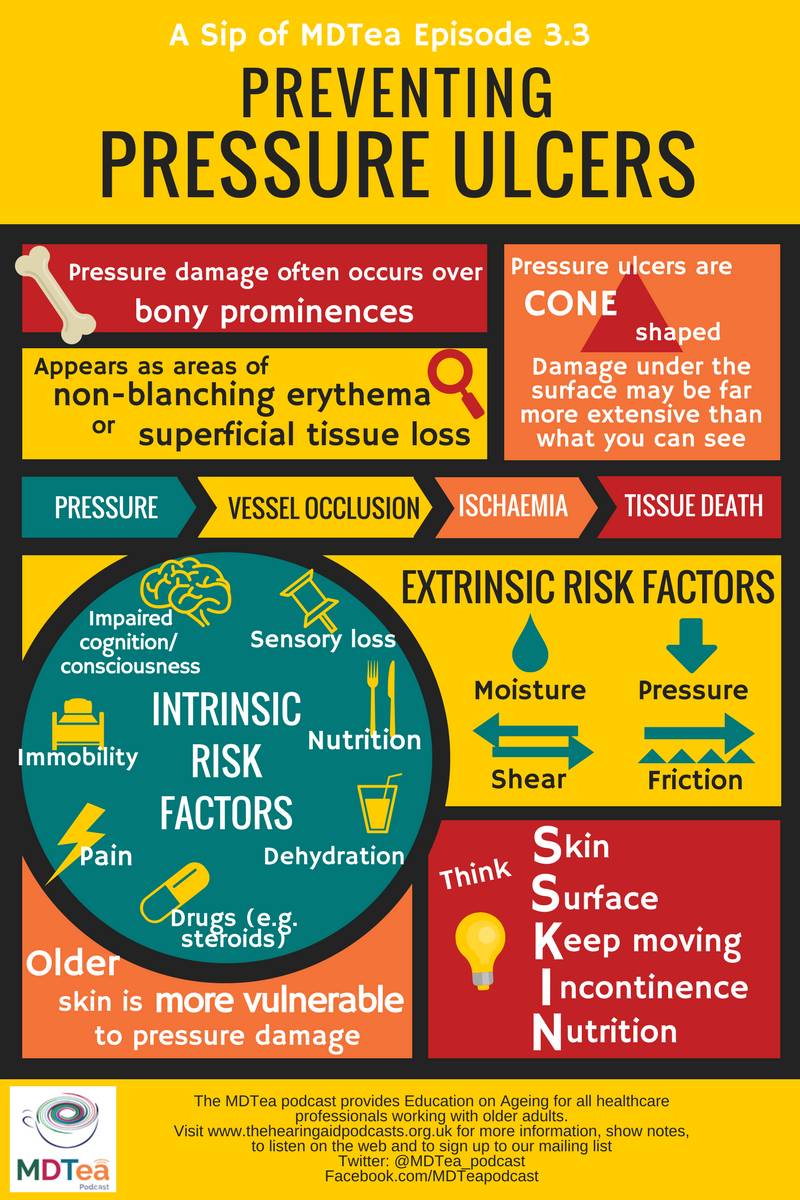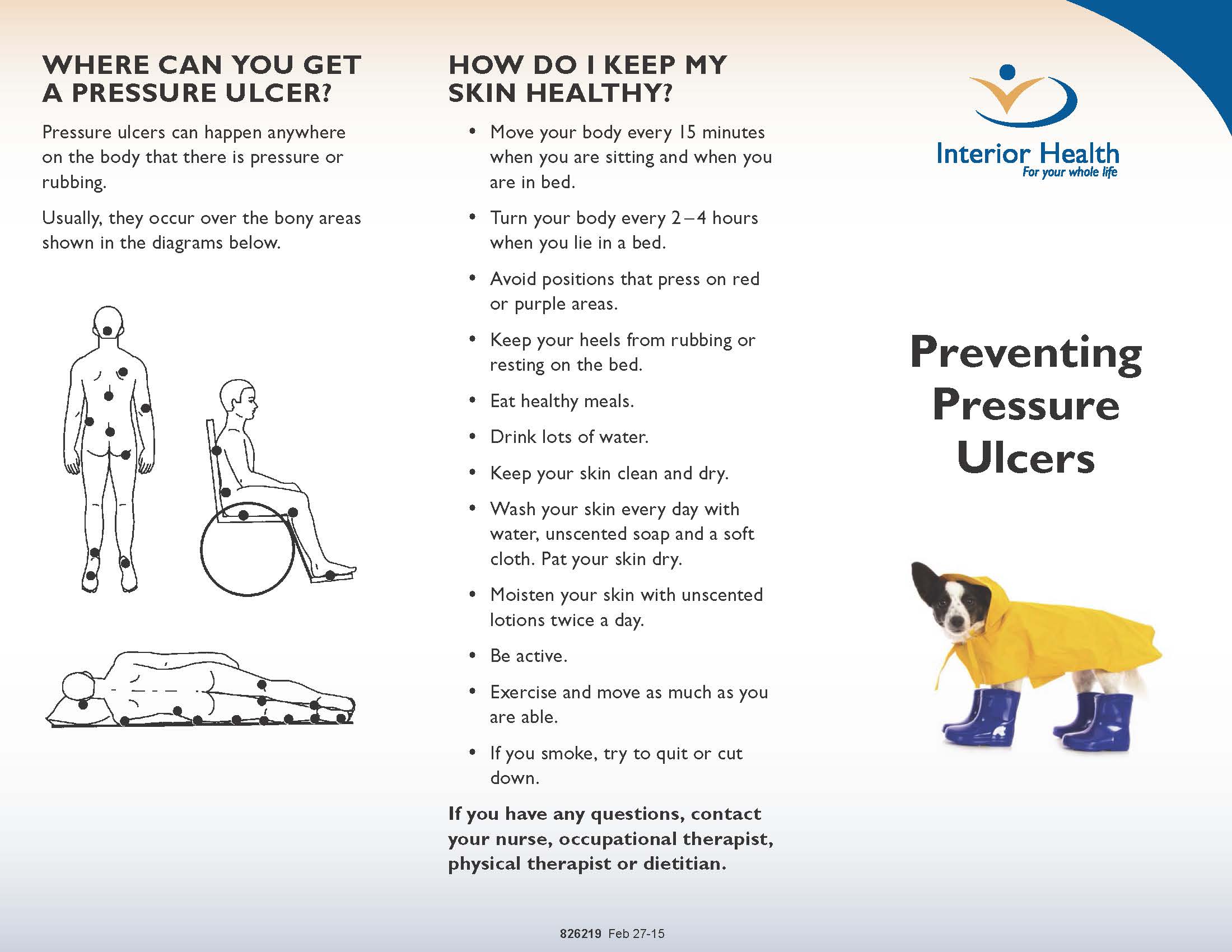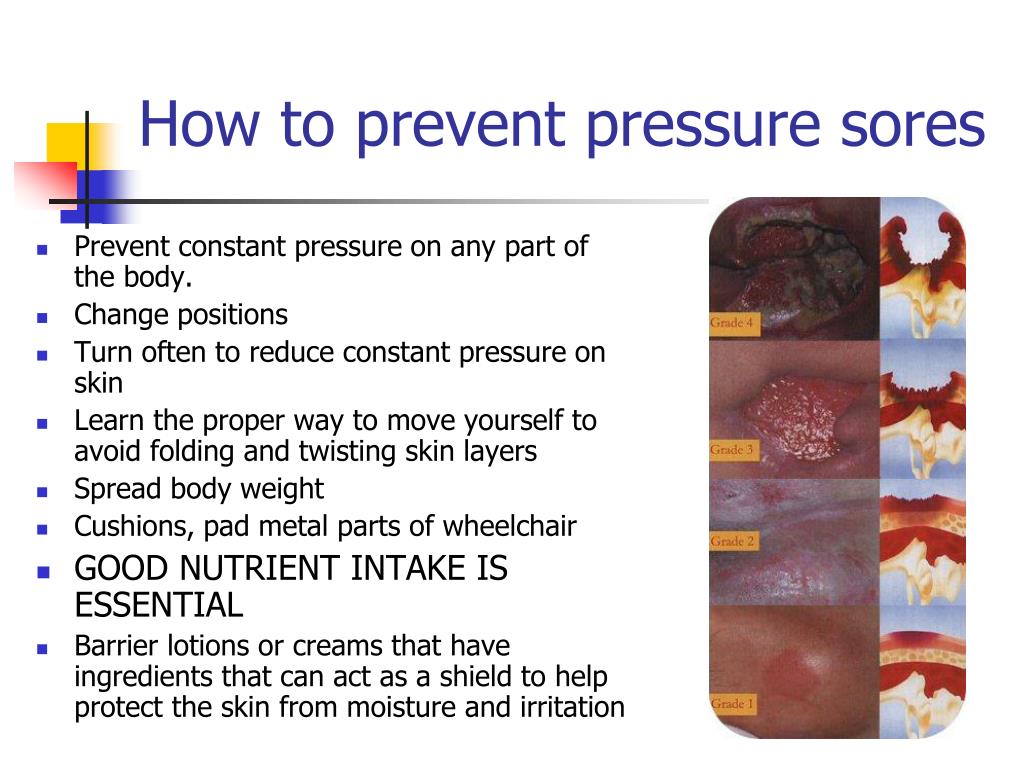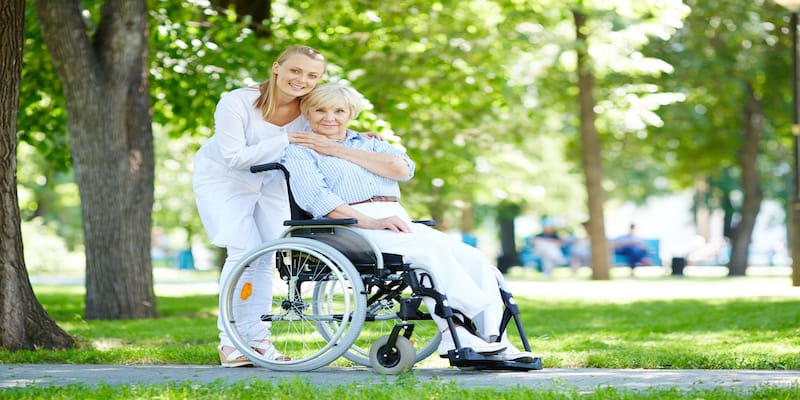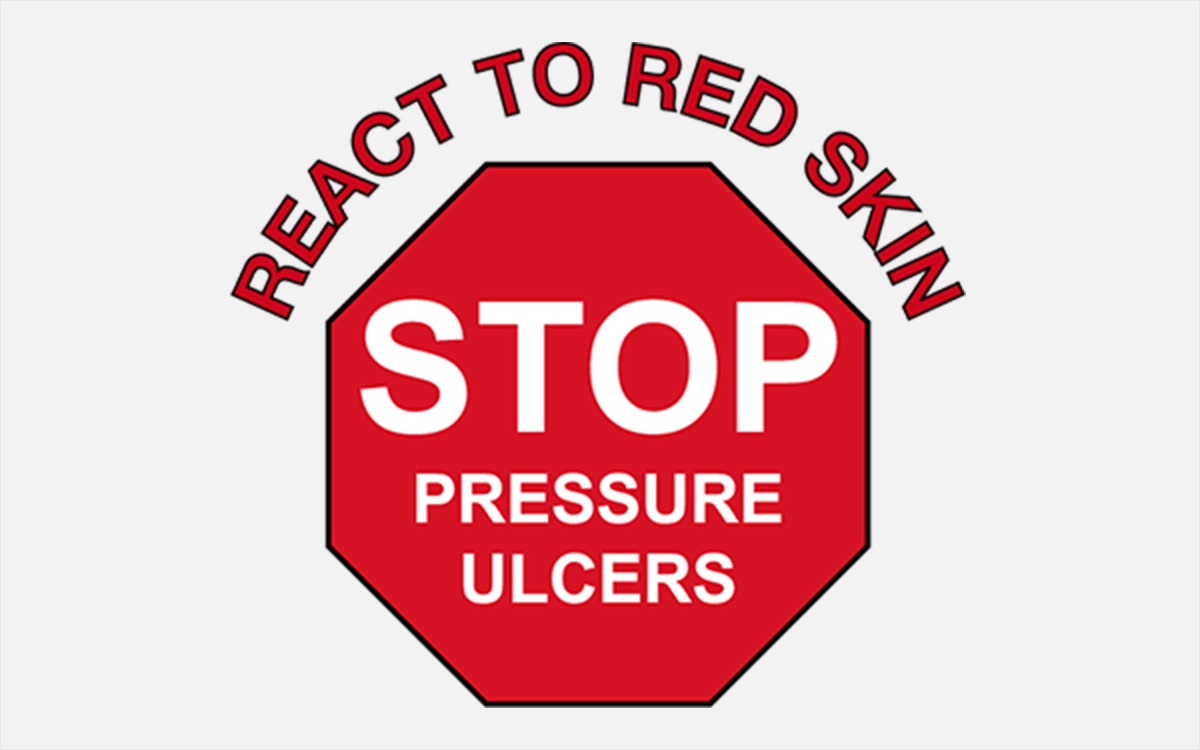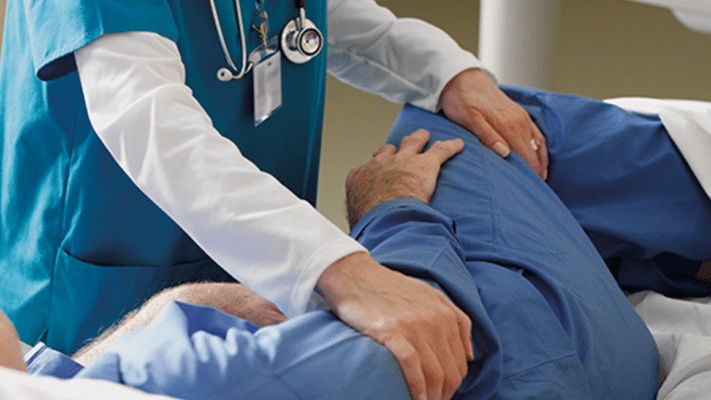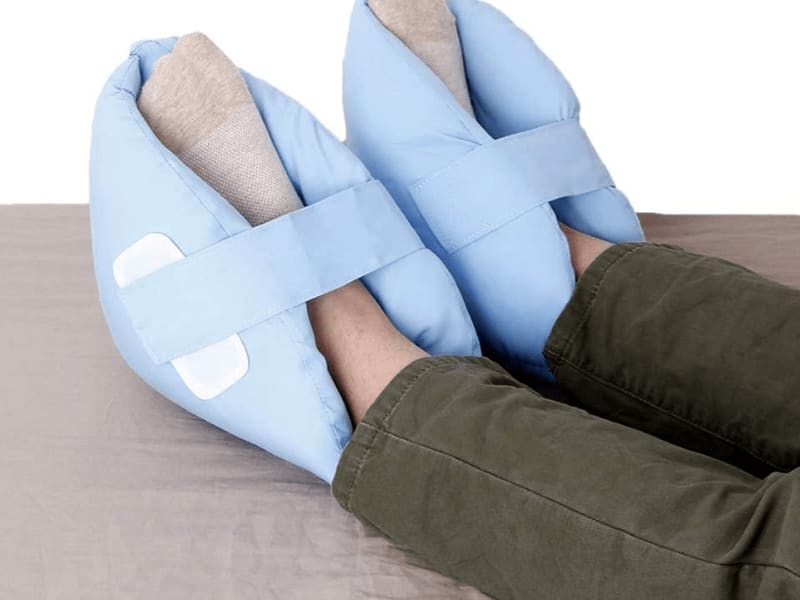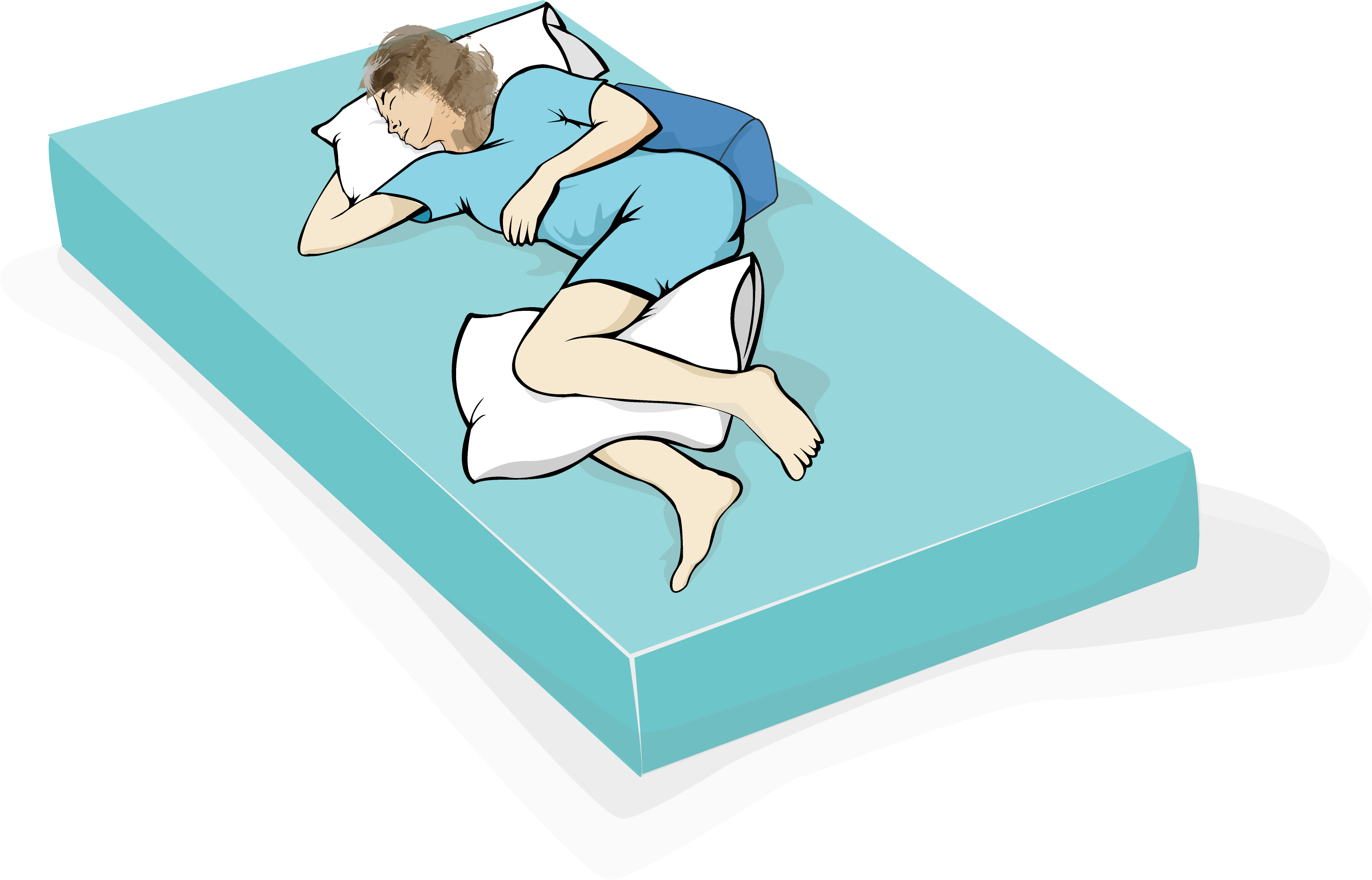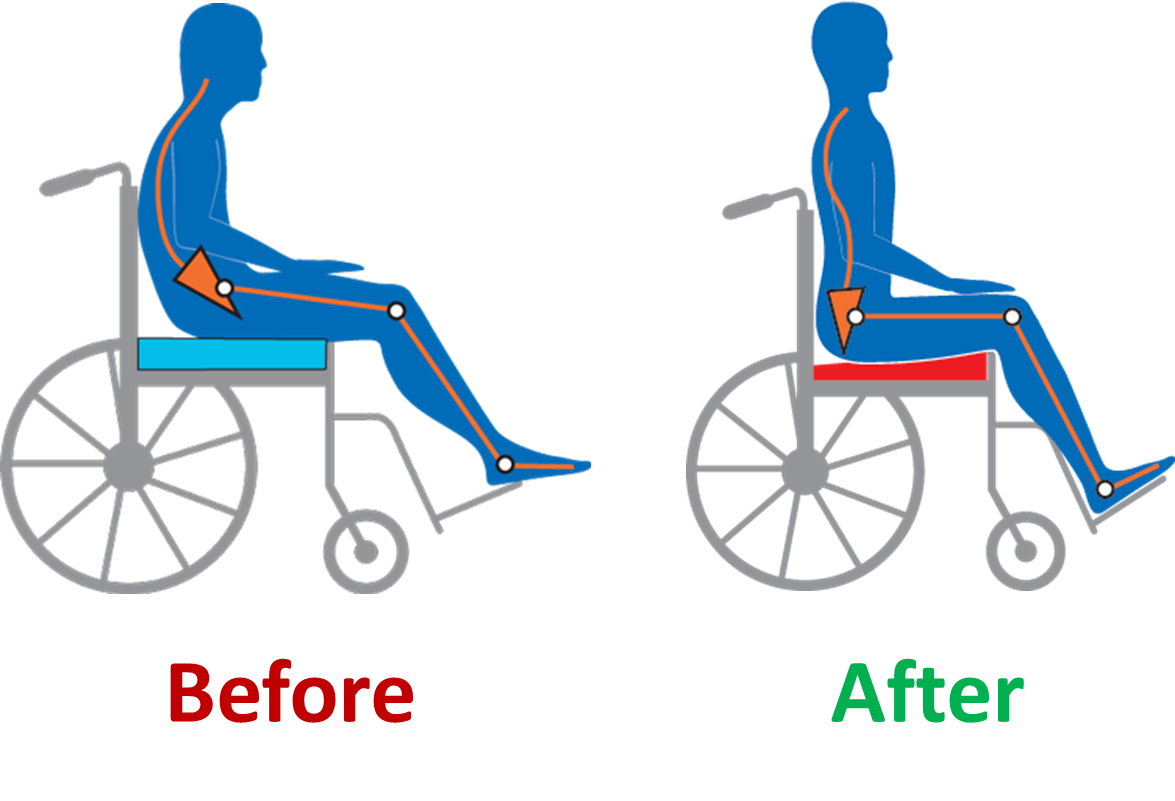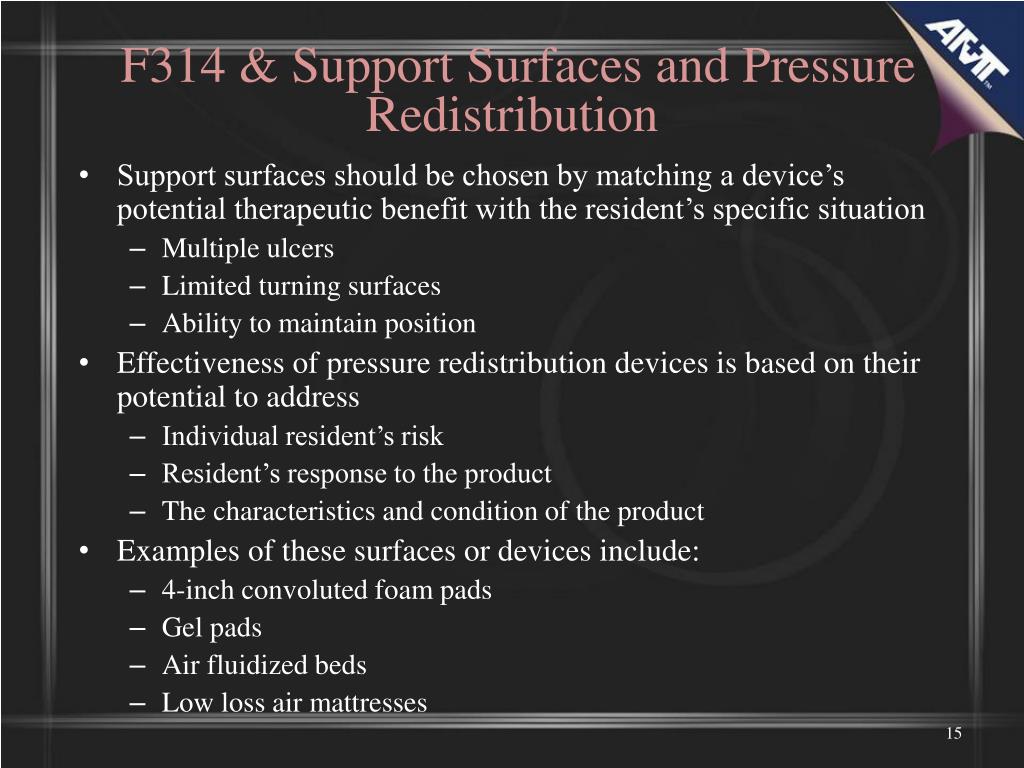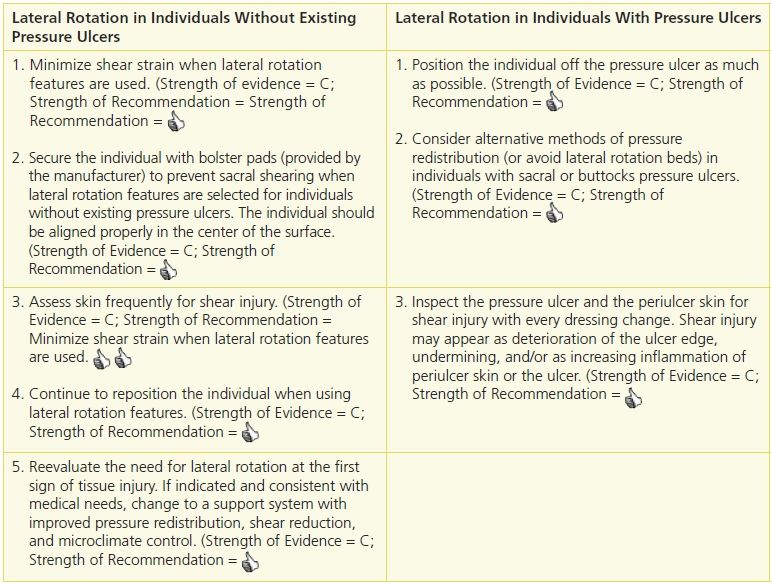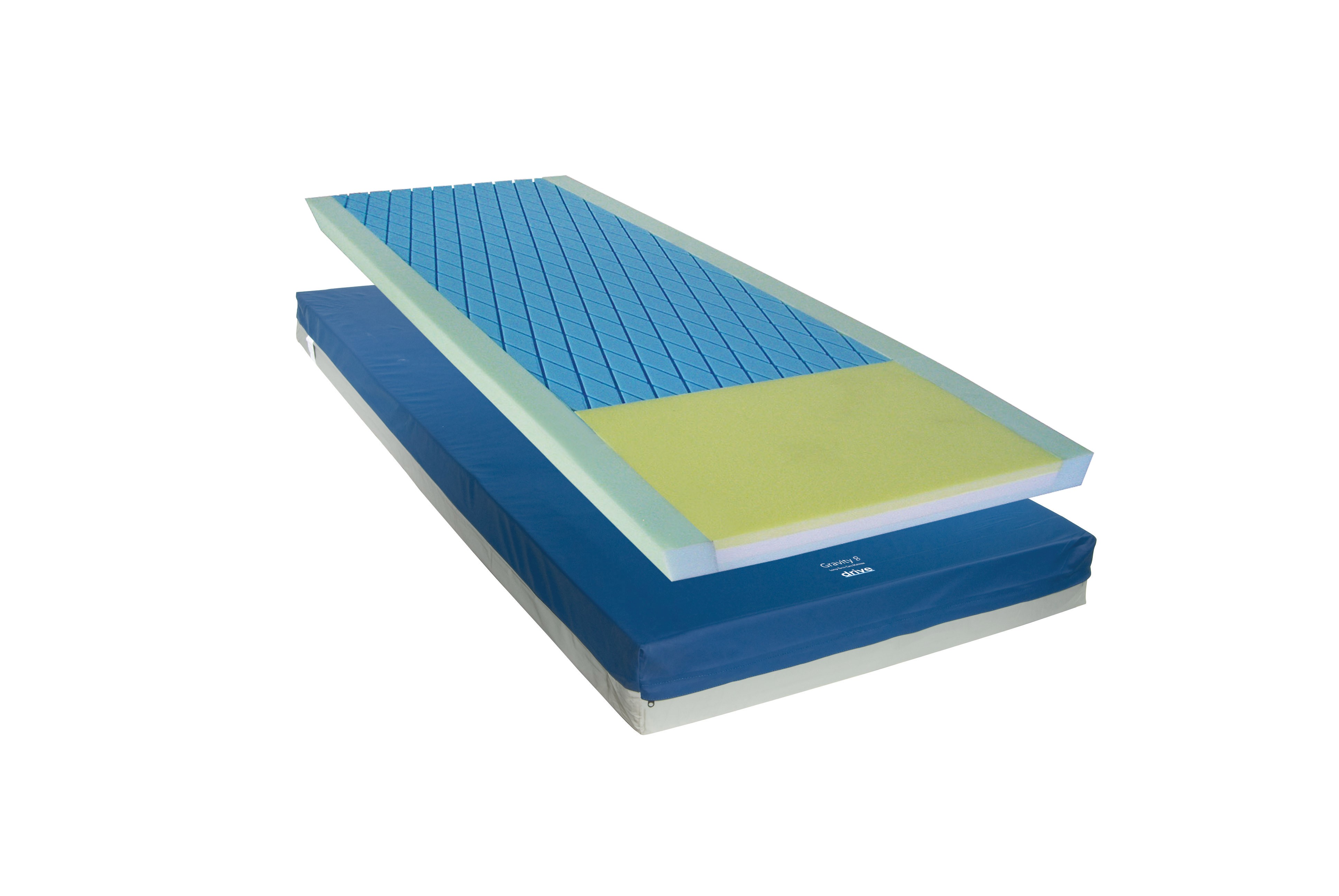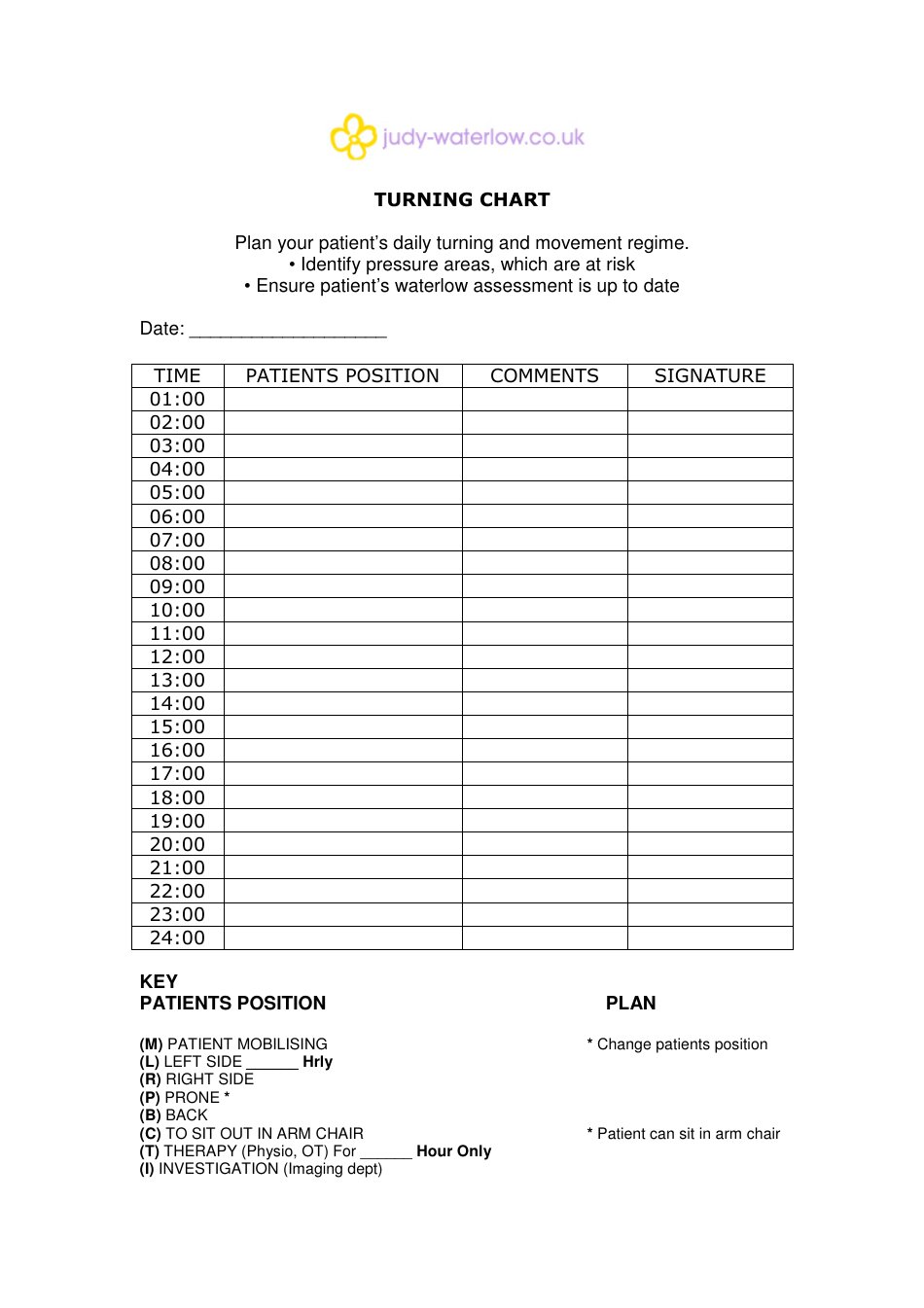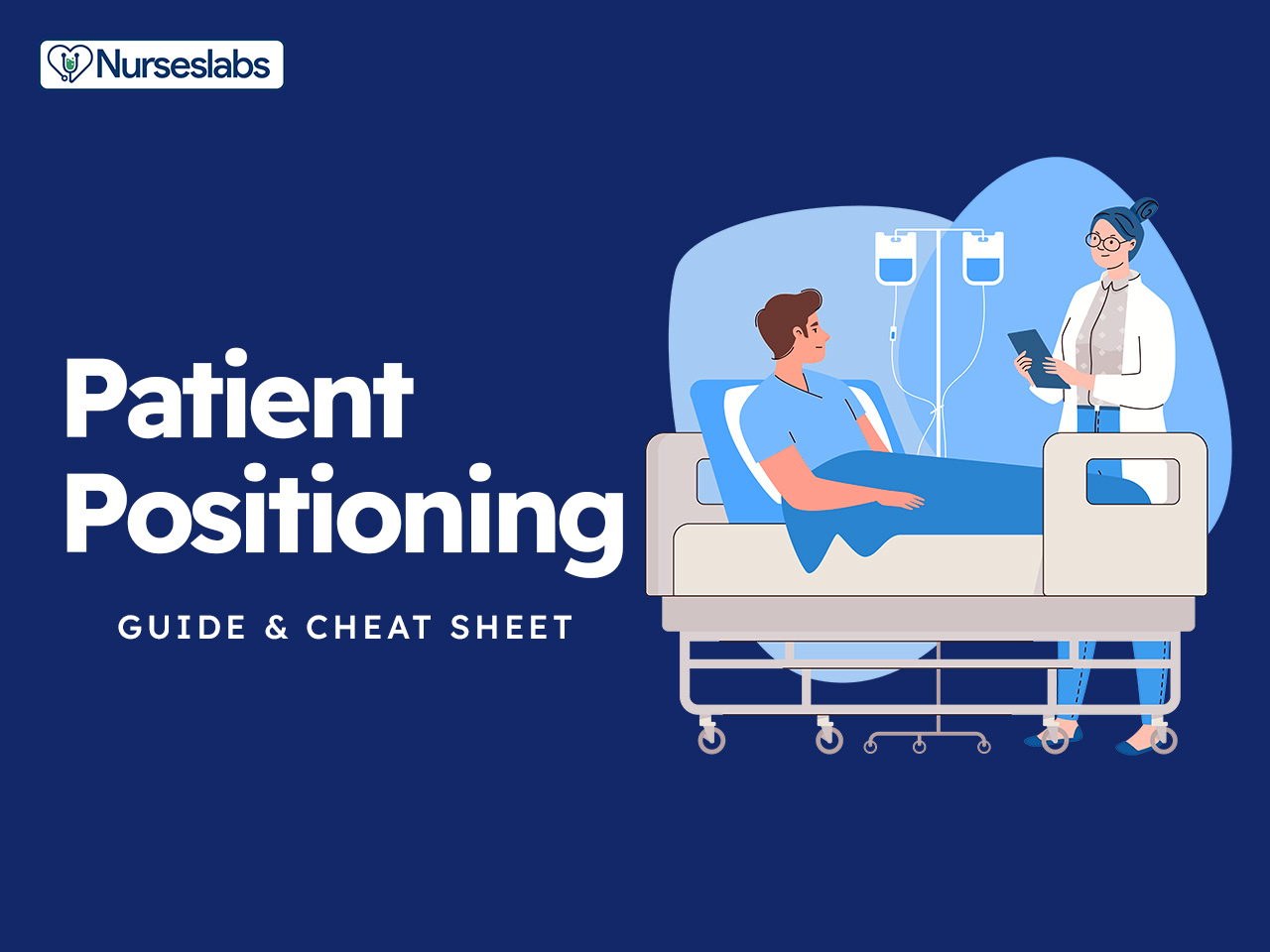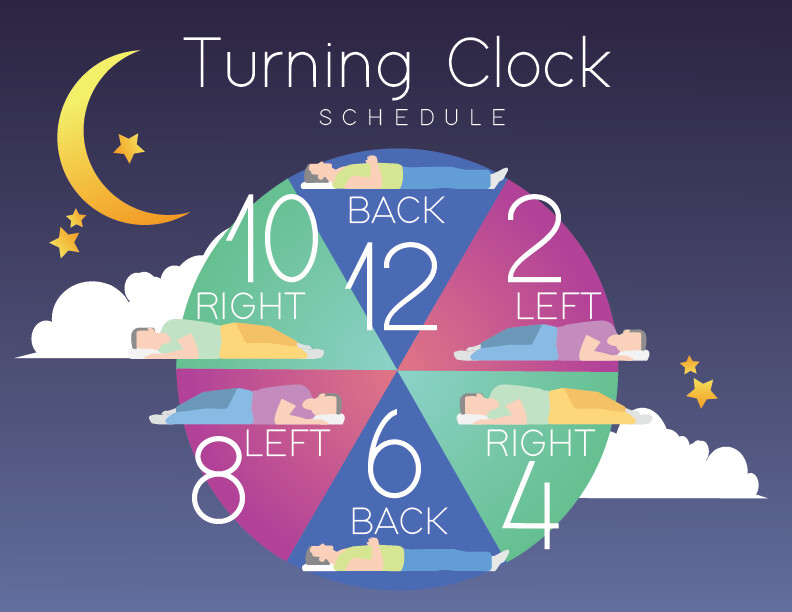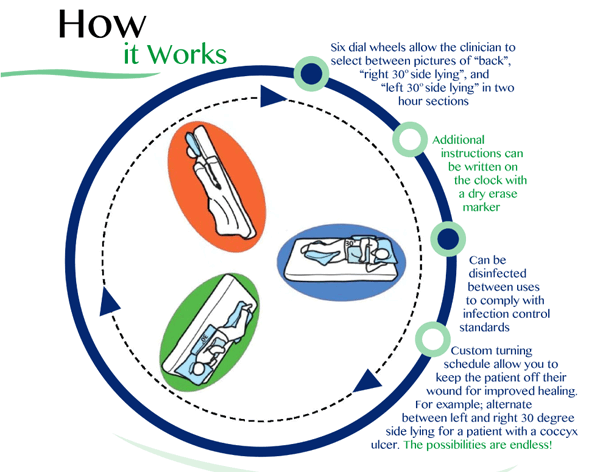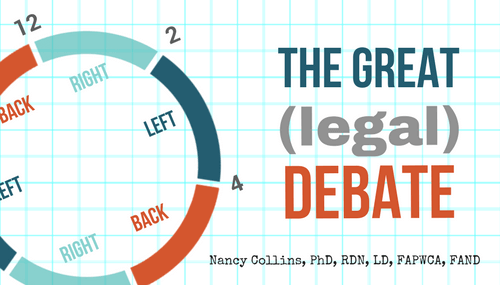Turning the Patient: Why It's Important for Pressure Ulcer Prevention
When a person is confined to a bed or wheelchair for extended periods of time, they become at risk for developing pressure ulcers, also known as bedsores. These painful and potentially serious wounds are caused by constant pressure on specific areas of the body, typically bony prominences such as the heels, hips, and tailbone. One of the most effective ways to prevent pressure ulcers from forming is by regularly turning the patient. This simple action can have a significant impact on the patient's health and well-being.
The Role of Pressure Air Mattresses in Pressure Ulcer Prevention
While manually turning a patient is essential, it may not always be possible, especially for patients who are unable to move on their own. This is where pressure air mattresses come in. These specially designed mattresses use air-filled cells to distribute pressure evenly across the body, reducing the risk of pressure ulcers. They also provide a constant flow of air, which helps to keep the patient cool and dry, further reducing the risk of skin breakdown.
Understanding Alternating Pressure Mattresses
Another type of pressure air mattress that is commonly used for pressure ulcer prevention is the alternating pressure mattress. These mattresses use a cycle of alternating air cells to redistribute pressure and promote blood flow. By regularly changing the distribution of pressure, these mattresses help to prevent the formation of pressure ulcers and promote healing of existing wounds.
Why Pressure Ulcers Are a Serious Concern
Pressure ulcers may start as small red marks on the skin, but if left untreated, they can progress to deeper and more serious wounds. These wounds can become infected, leading to further health complications and even death. Furthermore, pressure ulcers can be extremely painful for patients, hindering their ability to move and perform daily activities. That's why it's crucial to take steps to prevent them from occurring in the first place.
The Link Between Bedsores and Bedridden Patients
Bedsores are most common in patients who are bedridden or have limited mobility. This is because they are unable to shift their weight and alleviate pressure on certain areas of the body. As a result, these areas are more susceptible to developing pressure ulcers. It's essential to have a plan in place to regularly turn bedridden patients and provide them with pressure-relieving support, such as pressure air mattresses.
Preventing Pressure Sores: A Team Effort
Preventing pressure ulcers requires a team effort from healthcare professionals, caregivers, and the patient themselves. While healthcare professionals may be responsible for creating a patient turning schedule, it's crucial for caregivers to follow through with this plan and ensure the patient is turned regularly. Patients can also play a role by actively participating in their own turning and repositioning, if possible.
The Importance of Bed Sore Prevention
Preventing pressure ulcers not only benefits the patient's physical health, but it also has a positive impact on their mental well-being. Pressure ulcers can be debilitating and can lead to feelings of frustration, shame, and even depression. By proactively preventing these wounds, patients can maintain their quality of life and avoid unnecessary pain and suffering.
Pressure Redistribution: A Key Factor in Pressure Ulcer Prevention
Pressure redistribution is a fundamental concept in preventing pressure ulcers. This involves regularly changing the patient's position and providing them with support surfaces that distribute pressure evenly. Pressure air mattresses are designed to redistribute pressure, making them a valuable tool in pressure ulcer prevention. By providing constant pressure relief, these mattresses can help to keep the skin healthy and free from wounds.
Creating a Patient Turning Schedule
A patient turning schedule is a crucial component of pressure ulcer prevention. This schedule outlines how often a patient should be turned and repositioned throughout the day. It may also include the use of pressure air mattresses and other pressure-relieving devices. It's essential for healthcare professionals to create a customized turning schedule for each patient, taking into consideration their specific needs and risk factors.
In Conclusion
Turning the patient regularly is a simple yet effective way to prevent pressure ulcers. When combined with the use of pressure air mattresses and a comprehensive pressure ulcer prevention plan, the risk of developing these painful wounds can be significantly reduced. By prioritizing patient turning, healthcare professionals, caregivers, and patients can work together to promote better health and well-being for those at risk of pressure ulcers.
Why Turning the Patient and Using a Pressure Air Mattress is Essential for Optimal Health

Preventing Pressure Ulcers and Promoting Comfort
 When it comes to caring for bedridden patients, one of the biggest concerns is preventing pressure ulcers. These are areas of damaged skin caused by prolonged pressure on certain parts of the body. Pressure ulcers can be a significant source of discomfort and pain for patients, and they can also lead to serious infections if left untreated. This is where turning the patient and using a pressure air mattress can make a significant difference.
Turning the patient regularly helps to distribute pressure
and alleviate the risk of pressure ulcers. By changing the position of the patient every few hours, the pressure is relieved from certain areas of the body, allowing blood flow to return and preventing damage to the skin. However, turning a patient can be physically demanding for caregivers, especially if the patient is heavy or immobile. This is where a pressure air mattress comes in.
When it comes to caring for bedridden patients, one of the biggest concerns is preventing pressure ulcers. These are areas of damaged skin caused by prolonged pressure on certain parts of the body. Pressure ulcers can be a significant source of discomfort and pain for patients, and they can also lead to serious infections if left untreated. This is where turning the patient and using a pressure air mattress can make a significant difference.
Turning the patient regularly helps to distribute pressure
and alleviate the risk of pressure ulcers. By changing the position of the patient every few hours, the pressure is relieved from certain areas of the body, allowing blood flow to return and preventing damage to the skin. However, turning a patient can be physically demanding for caregivers, especially if the patient is heavy or immobile. This is where a pressure air mattress comes in.
How a Pressure Air Mattress Works
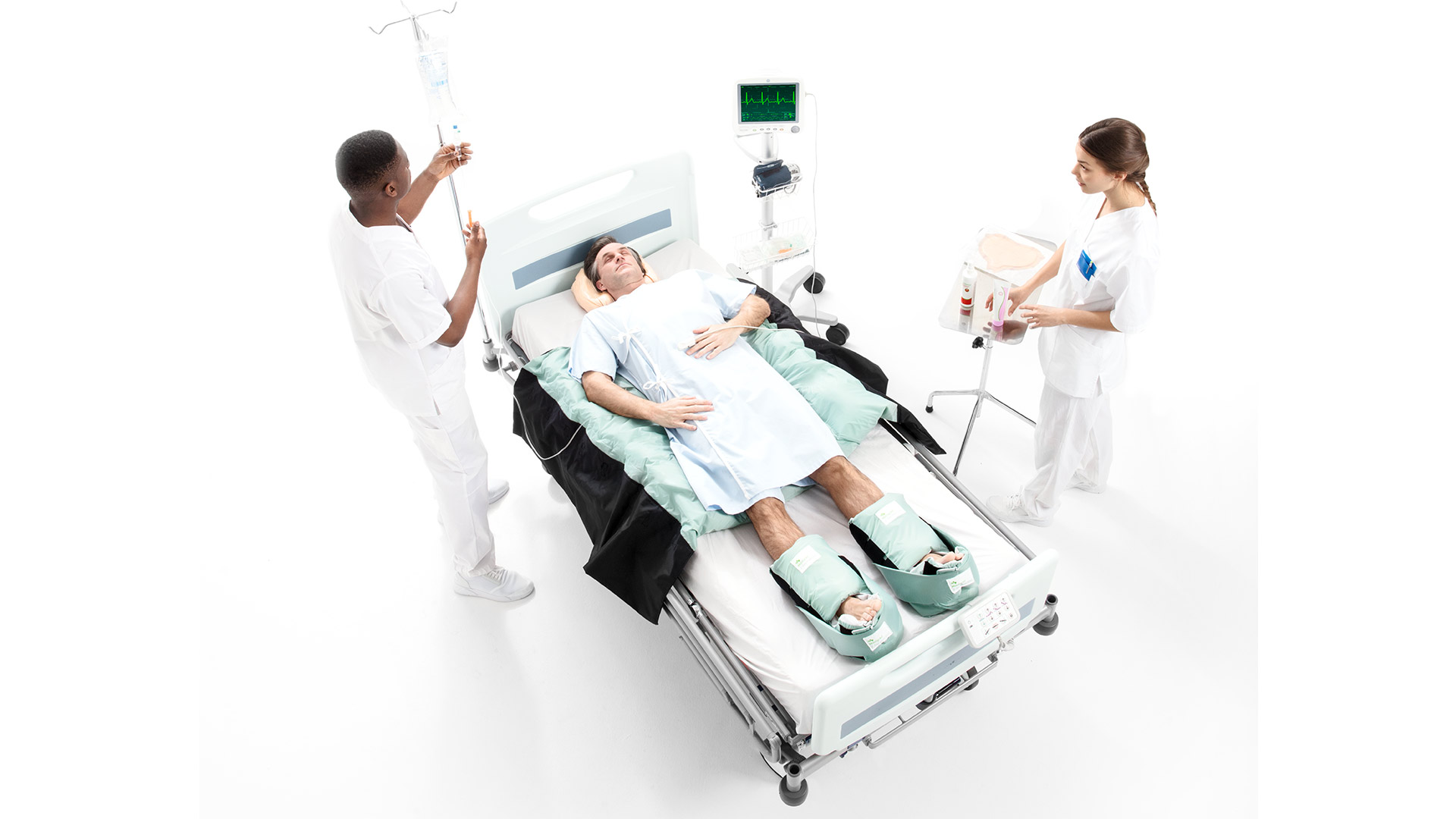 A pressure air mattress is specifically designed to reduce pressure and promote comfort for patients who are bedridden. It is made up of air-filled cells that constantly adjust and redistribute the patient's weight, reducing the pressure on any specific area of the body. This not only helps to prevent pressure ulcers but also provides a more comfortable surface for the patient to lie on.
The key to the effectiveness of a pressure air mattress is the ability to adjust the level of pressure
in different areas of the mattress, depending on the patient's needs. This means that pressure can be relieved from sensitive areas, such as the heels and hips, while providing support for other areas of the body. Additionally, some pressure air mattresses even have the capability to automatically turn the patient, further reducing the physical strain on caregivers.
A pressure air mattress is specifically designed to reduce pressure and promote comfort for patients who are bedridden. It is made up of air-filled cells that constantly adjust and redistribute the patient's weight, reducing the pressure on any specific area of the body. This not only helps to prevent pressure ulcers but also provides a more comfortable surface for the patient to lie on.
The key to the effectiveness of a pressure air mattress is the ability to adjust the level of pressure
in different areas of the mattress, depending on the patient's needs. This means that pressure can be relieved from sensitive areas, such as the heels and hips, while providing support for other areas of the body. Additionally, some pressure air mattresses even have the capability to automatically turn the patient, further reducing the physical strain on caregivers.
The Importance of Proper Use and Maintenance
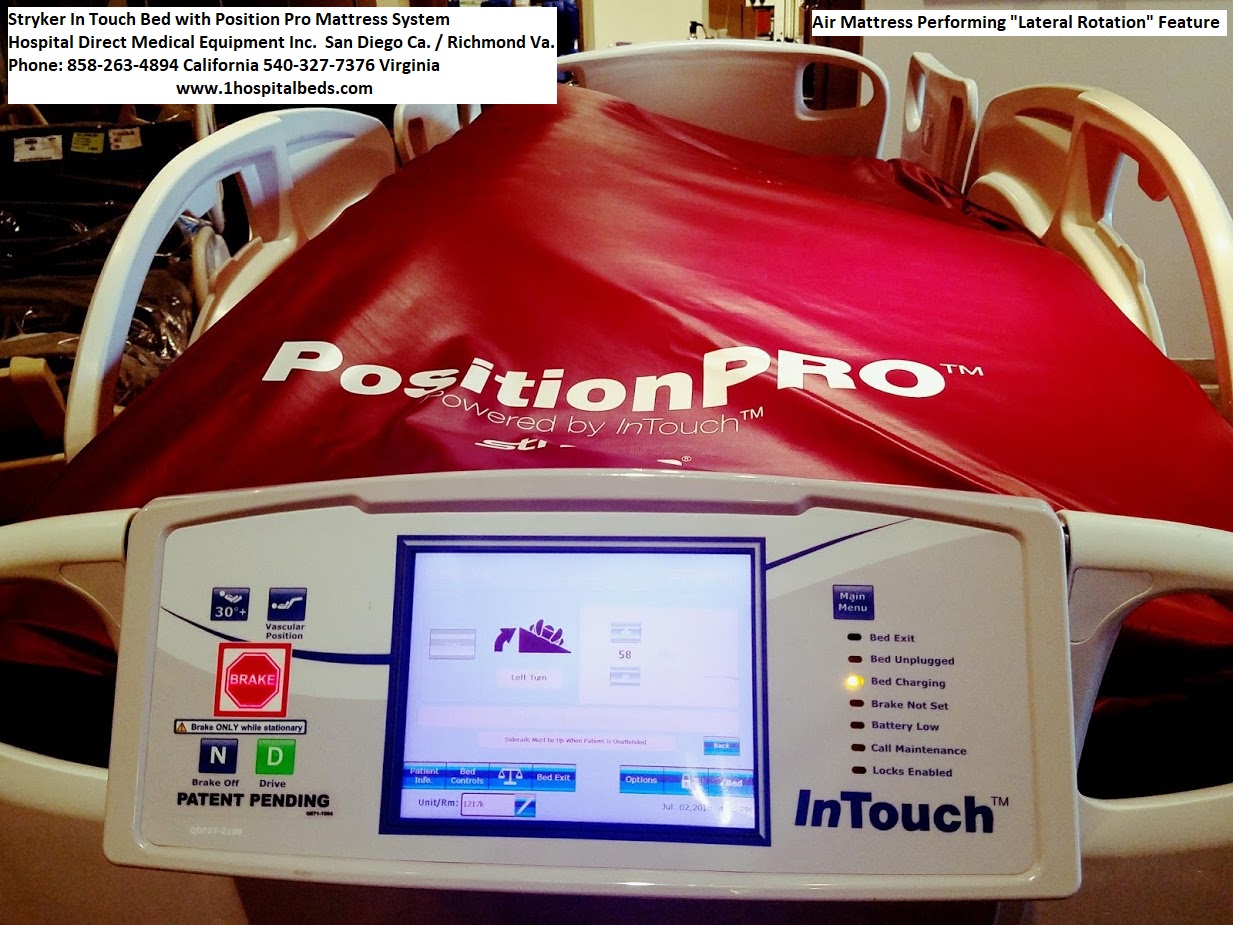 While turning the patient and using a pressure air mattress can greatly benefit their health, it is essential to use and maintain the mattress correctly.
Regularly checking the air pressure and adjusting it as needed is crucial for the mattress to function properly
. It is also important to keep the mattress clean and dry to prevent the growth of bacteria and maintain a hygienic environment for the patient.
In conclusion, turning the patient and using a pressure air mattress is crucial for promoting comfort and preventing pressure ulcers. It is a simple yet effective way to maintain the health and well-being of bedridden patients. With the right use and maintenance, a pressure air mattress can greatly improve the quality of life for both the patient and their caregivers. So, when caring for bedridden patients, don't overlook the importance of turning and using a pressure air mattress.
While turning the patient and using a pressure air mattress can greatly benefit their health, it is essential to use and maintain the mattress correctly.
Regularly checking the air pressure and adjusting it as needed is crucial for the mattress to function properly
. It is also important to keep the mattress clean and dry to prevent the growth of bacteria and maintain a hygienic environment for the patient.
In conclusion, turning the patient and using a pressure air mattress is crucial for promoting comfort and preventing pressure ulcers. It is a simple yet effective way to maintain the health and well-being of bedridden patients. With the right use and maintenance, a pressure air mattress can greatly improve the quality of life for both the patient and their caregivers. So, when caring for bedridden patients, don't overlook the importance of turning and using a pressure air mattress.


